Dallol
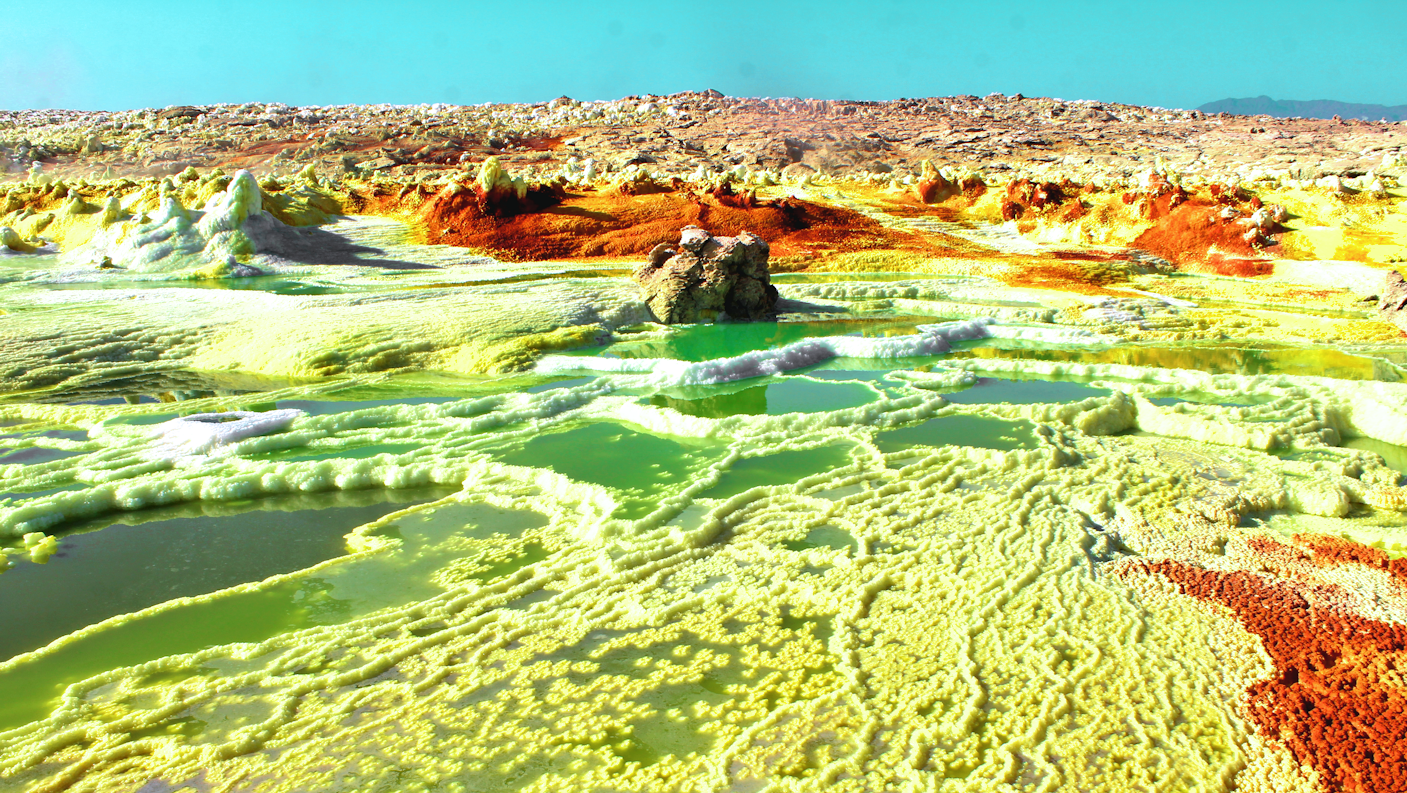
The town of Dallol in Ethiopia is deep in the Afar Depression. It is among the most remote settlements on Earth, as well as the hottest. Few roads lead to this burning desert region, and most travel must be carried out on off-road vehicles or camelback. It is rich in sulfuric hot springs. In the 1960s, Dallol had the highest average temperature of any inhabited place, at 35°C. The current population hasn’t been estimated since the early 00s and the site is allegedly a ghost town, although camel caravans frequent the area to collect salt.
Angels Landing
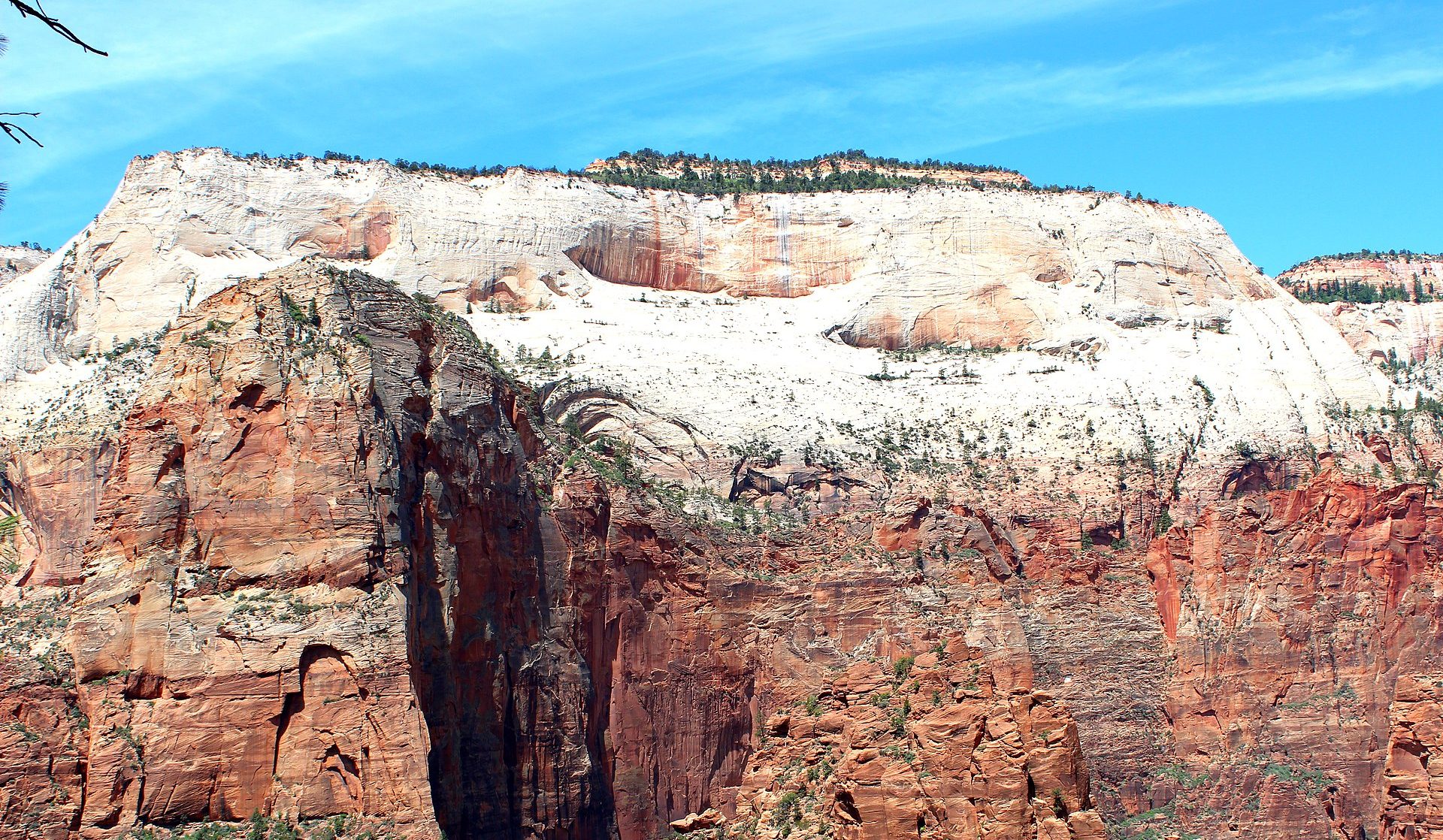
Angels Landing in Utah is widely proclaimed the US’s deadliest hike, with a trail cutting through the rock edge that dates to 1926. Hikers follow the path for spectacular views of Zion Canyon – yet 13 people have perished on this twisting, narrow and treacherous route. Storm damage closed the site temporarily in 2018, and since 2022 you have to apply for a permit to access the route, which remains hugely popular despite the dangers.
Kalalau Trail
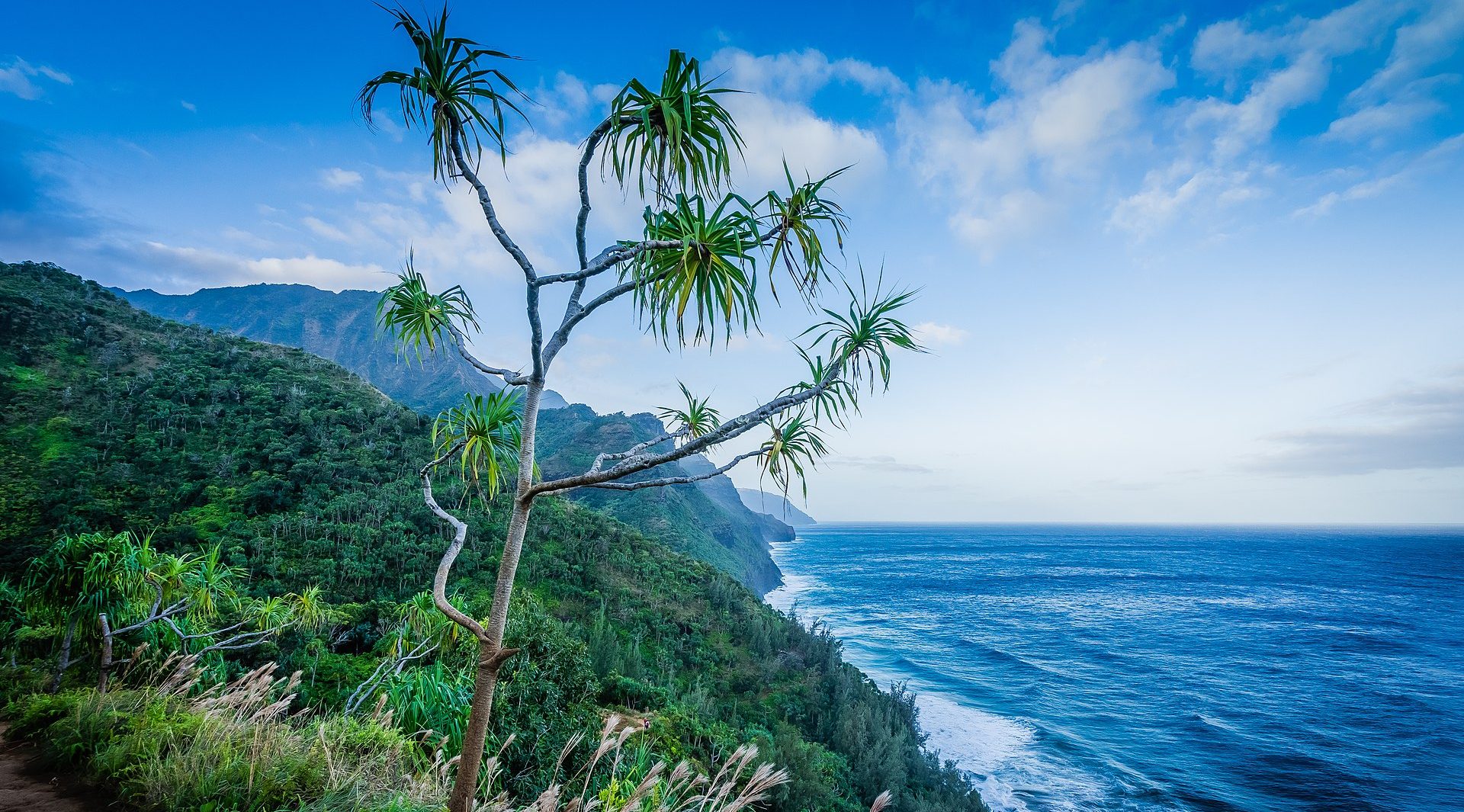
The Kalalau Trail along the Na Pali Coast of Hawaii is another precarious cliffside route. This challenging hike includes the so-called Stairs of Death, manmade steps that are over 500 years old and run alongside a sheer drop into a valley. Access to the route is strictly monitored: a special camping permit must be obtained from the authorities, and without this permit some sections are not accessible. The site is also notorious after an incident in 2014, when a Hawaiian man pushed a Japanese tourist off the cliffs and left her with critical injuries, before going on the run.
Ilha da Queimada Island
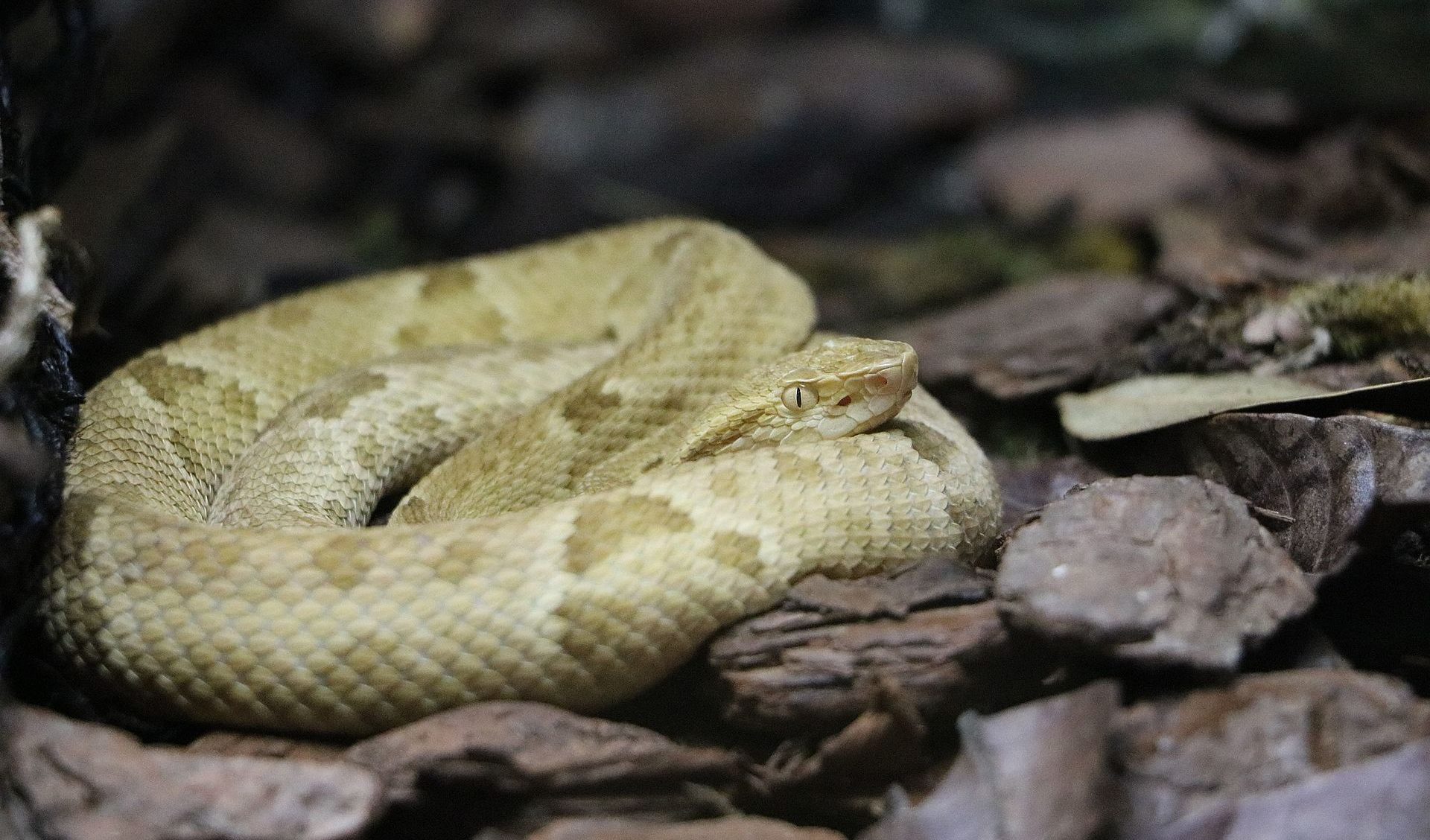
One of the few sites on this list that is completely closed to the public, Ilha da Queimada Grande is better known by its nickname: Snake Island. This small tropical region would be a paradise if not for its vast number of venomous snakes, who have lived separate from the mainland since the last ice age. The species in question is Bothrops insularis (the golden lancehead pit viper), and the island has thousands of them – possibly one for every square metre. Lanceheads are known for causing more human fatalities than any other snake group in the Americas.
Oymyakon
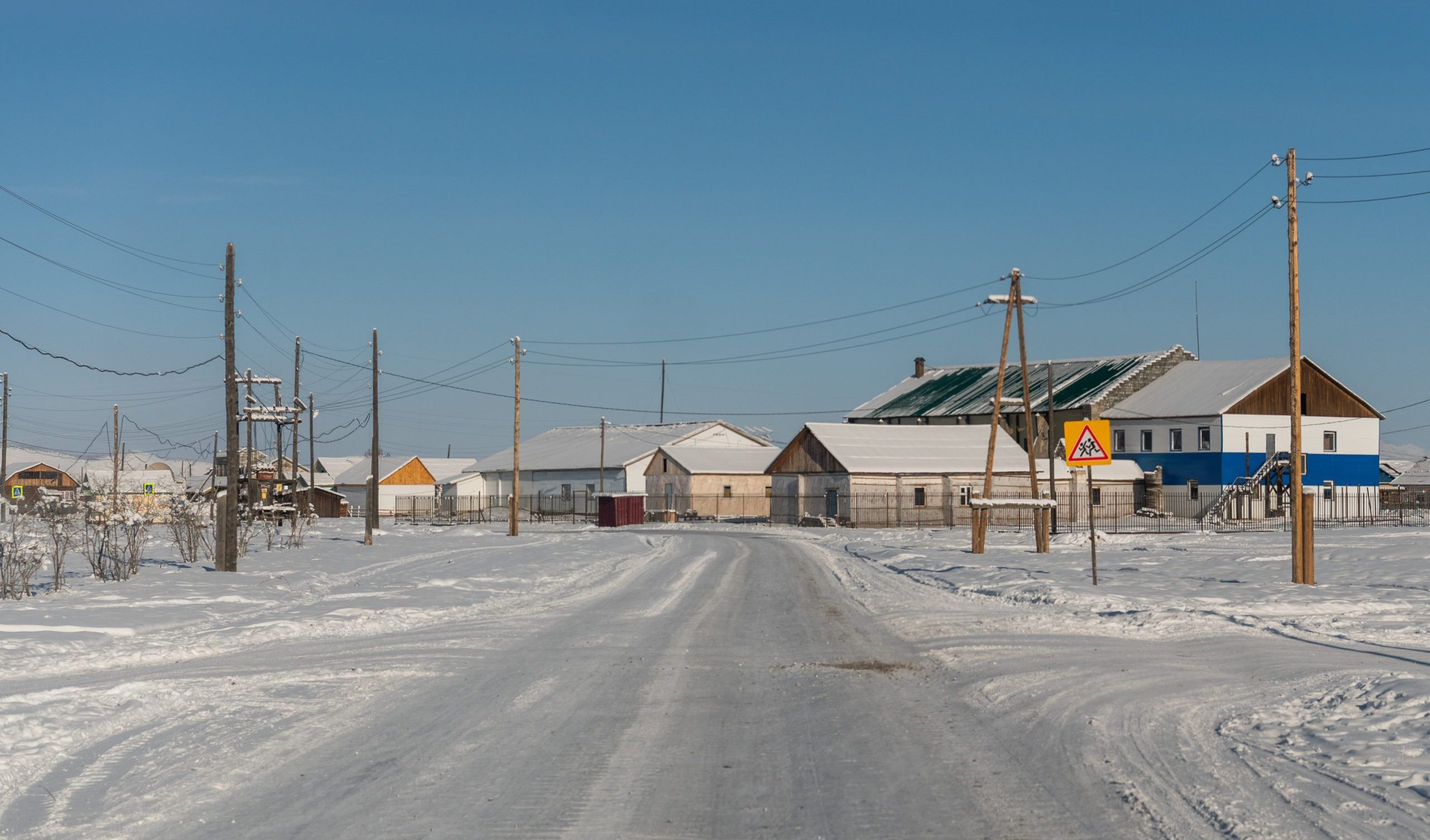
The temperature regularly reaches -50°C in this Russian winter wonderland. It drops below 0 °C in November and never rises above that figure until mid-March. Only the hardiest plants can survive on this permanently frozen ground. Nevertheless, around 900 people call Oymyakon their home, making it the world’s coldest permanently inhabited settlement. Local people rely on ice fishing and fur trading to make a living.
K2
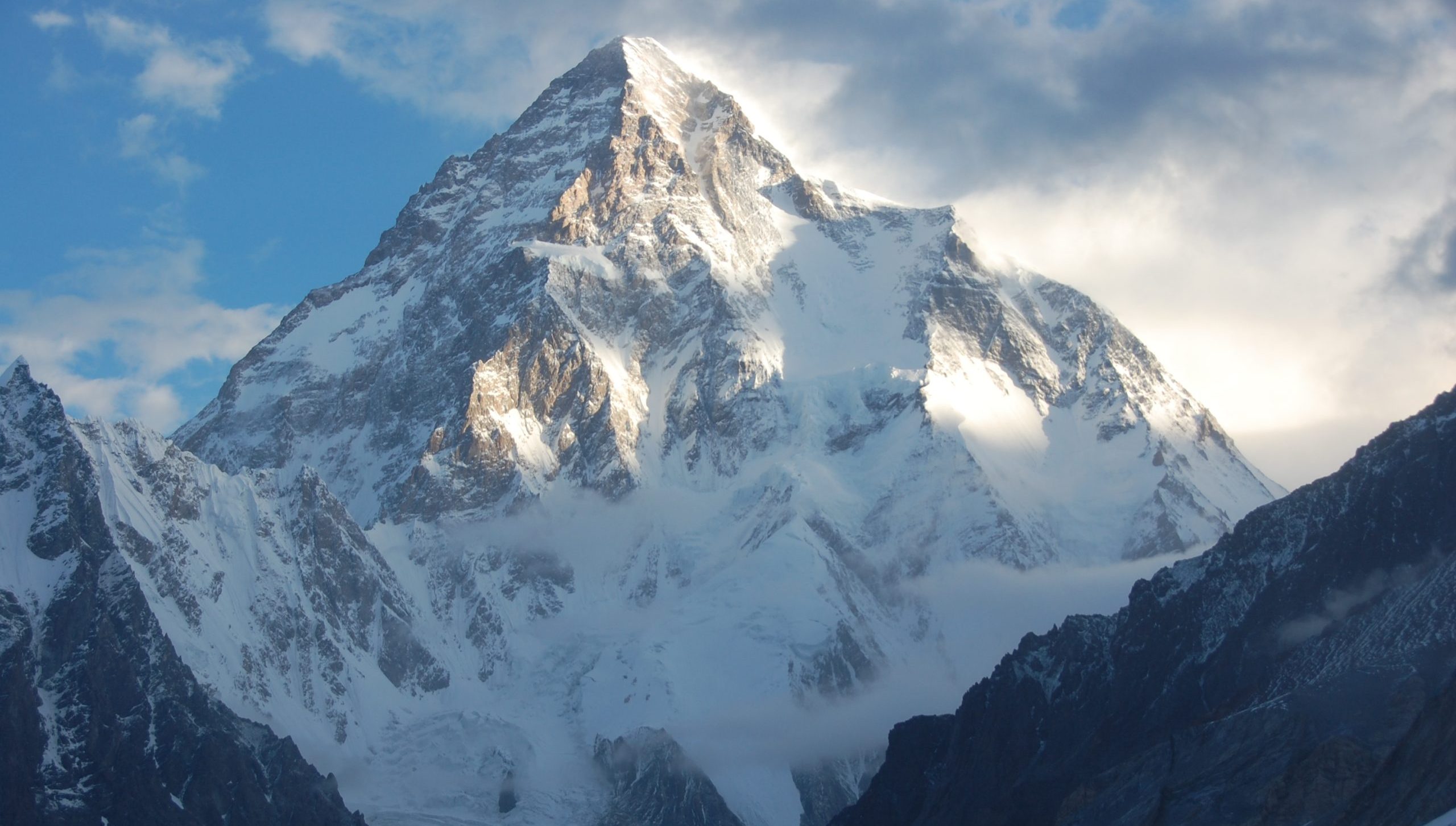
Famously described by explorer George Bell as “a savage mountain that tries to kill you,” K2 is Earth’s second-highest mountain and its most treacherous. It sits of the boundary between Kashmir and China, and it has claimed 91 climbers’ lives, while 377 people have successfully reached the peak. Visitors often suffer from unpredictable weather conditions, and no one has ever successfully ascended the mountain via its eastern face.
Gruinard Island
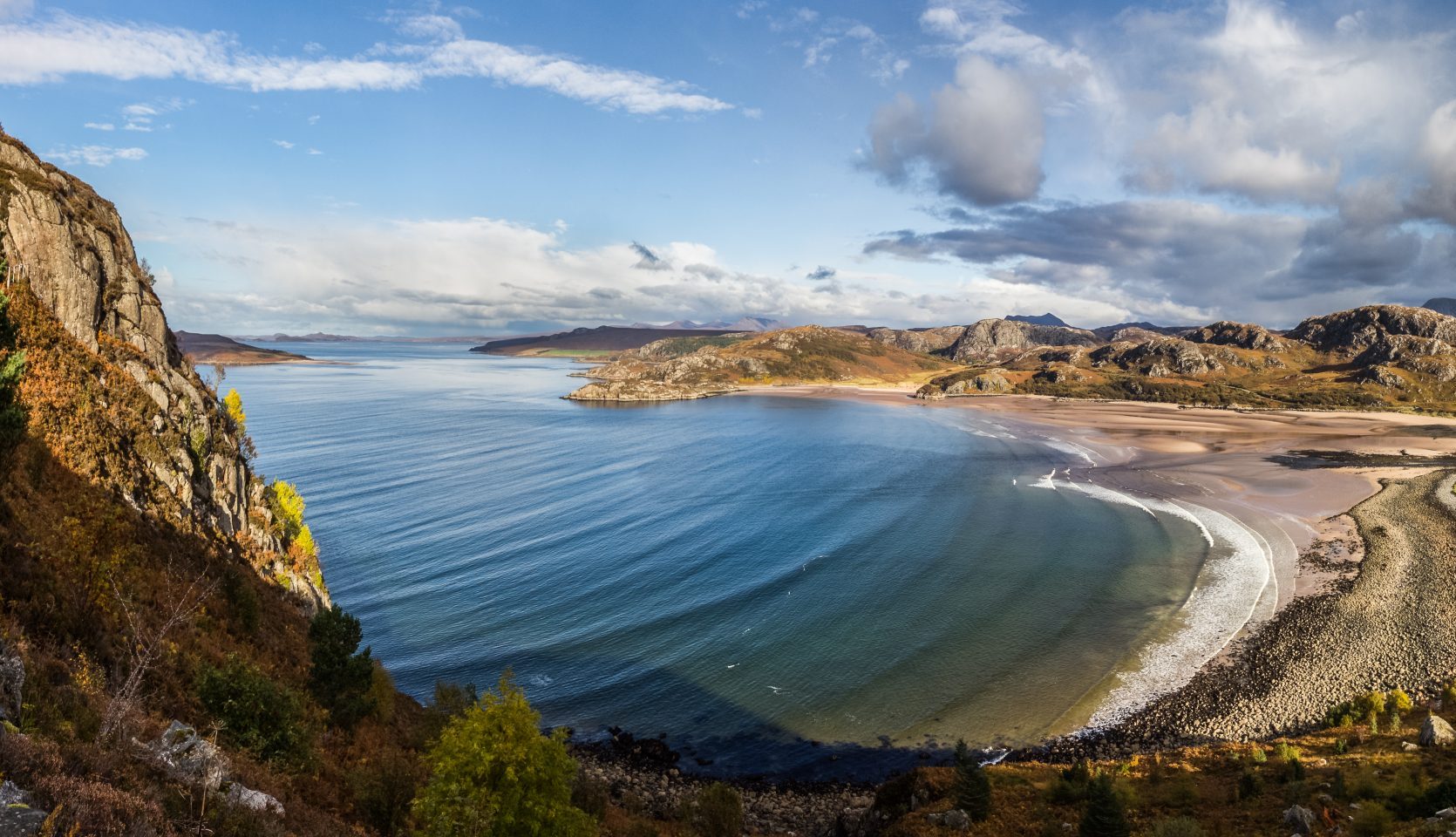
During World War II, the British Government picked the uninhabited Scottish island of Gruinard to experiment with an anthrax weapon. The experiment proved fatal to livestock who died from exposure to the lethal spores, and the whole island was rendered toxic and off-limits for decades afterwards. Thanks to seawater and formaldehyde treatment, the site was happily declared anthrax-free in 1990. However, in 2022, Gruinard was enveloped by a wildfire that mainland eyewitnesses described as “apocalyptic” and “hell fire”: “There was a string of flames around the whole circumference of the island,” one noted.
Chernobyl
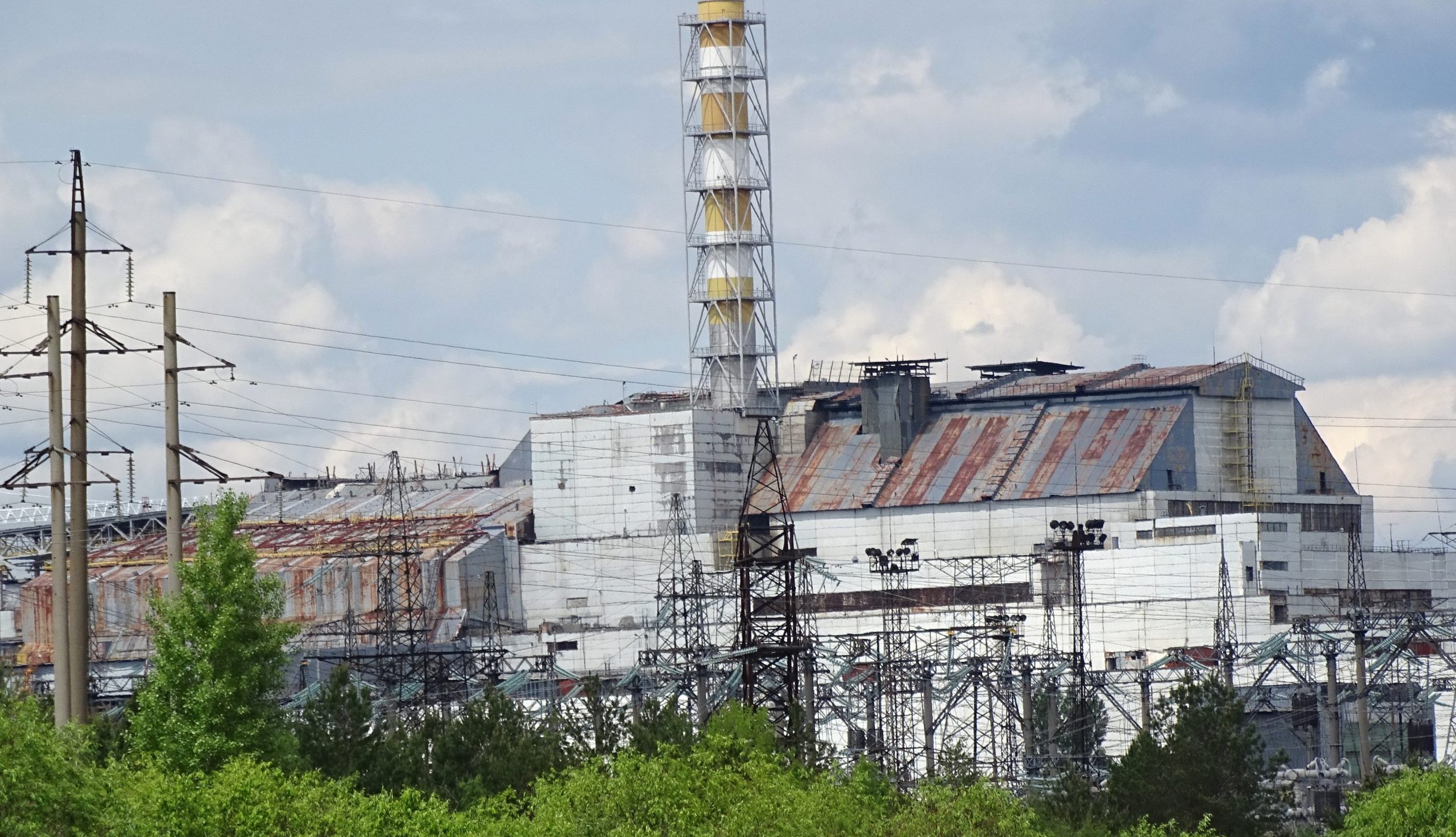
Since the Chernobyl Nuclear Power Plant disaster in Ukraine in 1986, an official Exclusion Zone has been designated to protect people from exposure to radiation. Despite this, some tourists, scientists and journalists are allowed into the Exclusion Zone for limited stays – while other thrill-seekers stay in the area illegally. One such trespasser, who has written a book on the region, has described how they “seek out the most contaminated sleeping spots, munch on sand from the Red Forest, and rummage in boxes full of radioactive junk packed with catastrophic background radiation, groping for fragments of graphite rods.”
Mount Nyiragongo
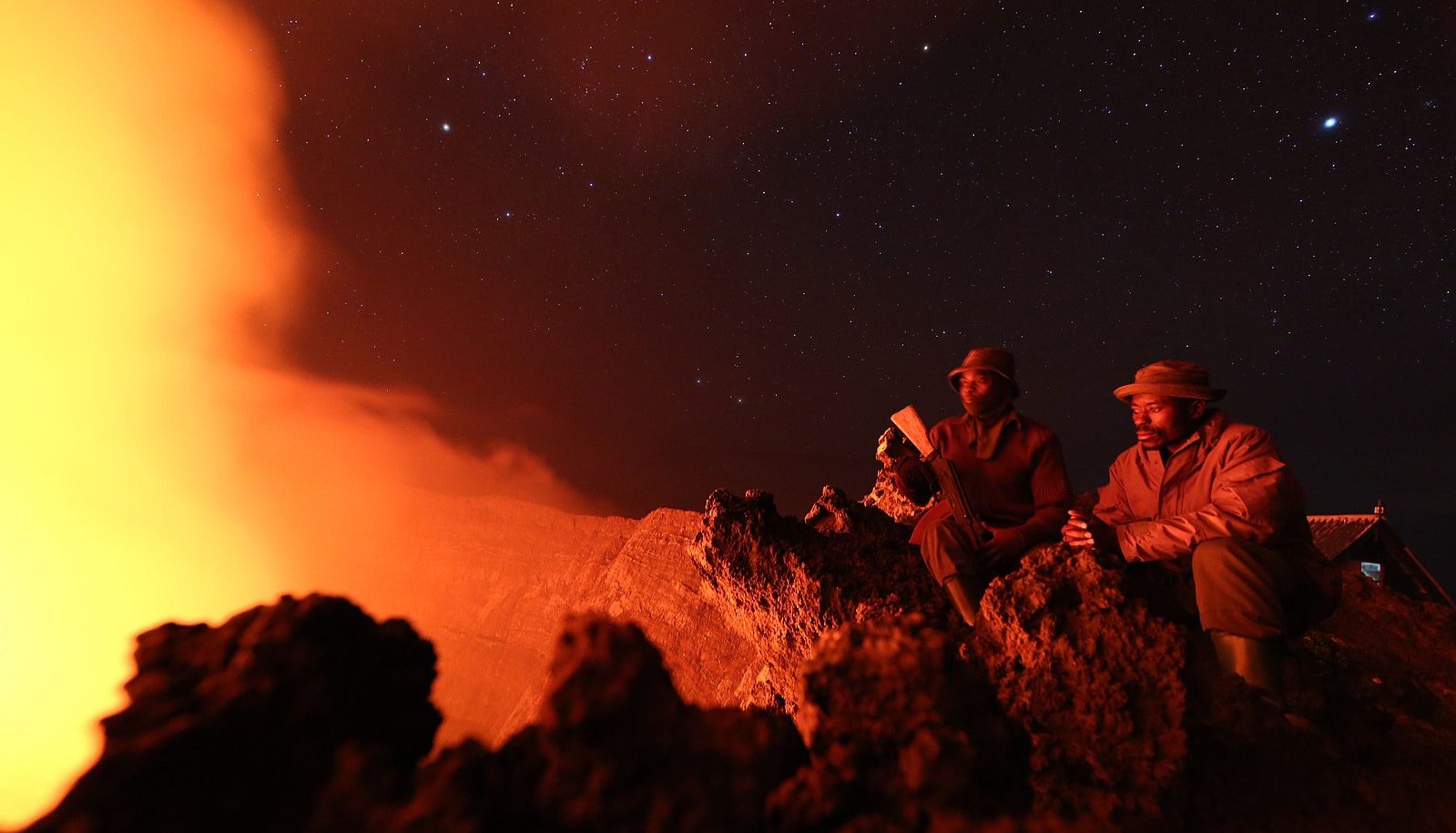
The highly active stratovolcano of Nyiragongo, located in Virunga National Park in the Democratic Republic of the Congo, is one of the most perilous regions on Earth. It has erupted 34 times since 1882, with one 2002 eruption killing 245 people in a local city. The volcano produces lots of toxic carbon dioxide – a phenomenon known locally as ‘mazuku’, meaning ‘evil wind’. Nyiragongo has also become the world’s largest lava lake by volume on several occasions.
Annapurna
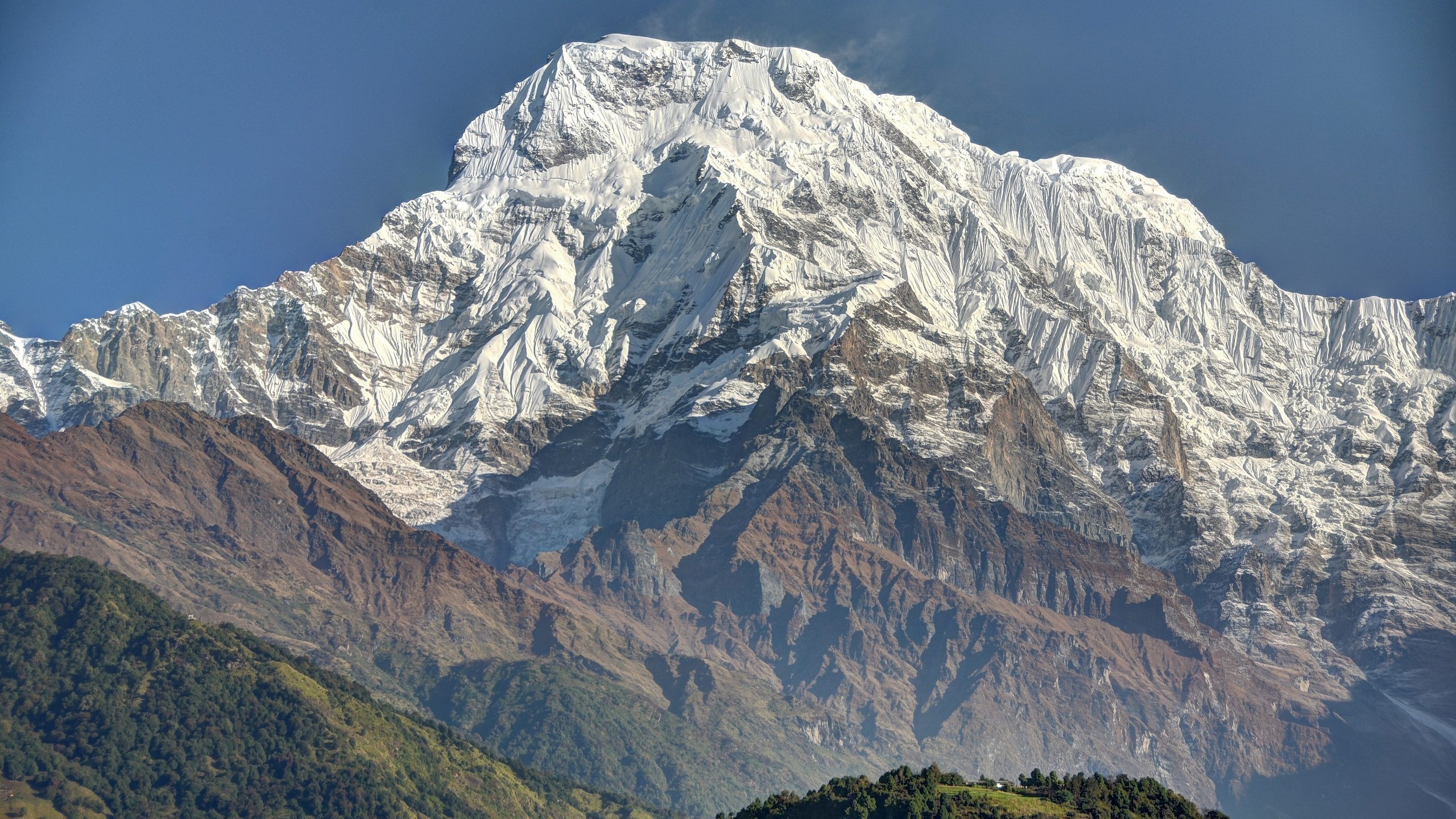
Another extremely risky mountain climb, Annapurna is the tenth highest mountain in the world, reaching 8,091 metres above sea level. However, it was also the first mountain above 8,000 metres to be ascended, with French explorers completing the feat in 1950. Avalanches, snowstorms and steep terrain make all possible routes dangerous, with 72 people perishing in their attempts over the decades.
Death Valley
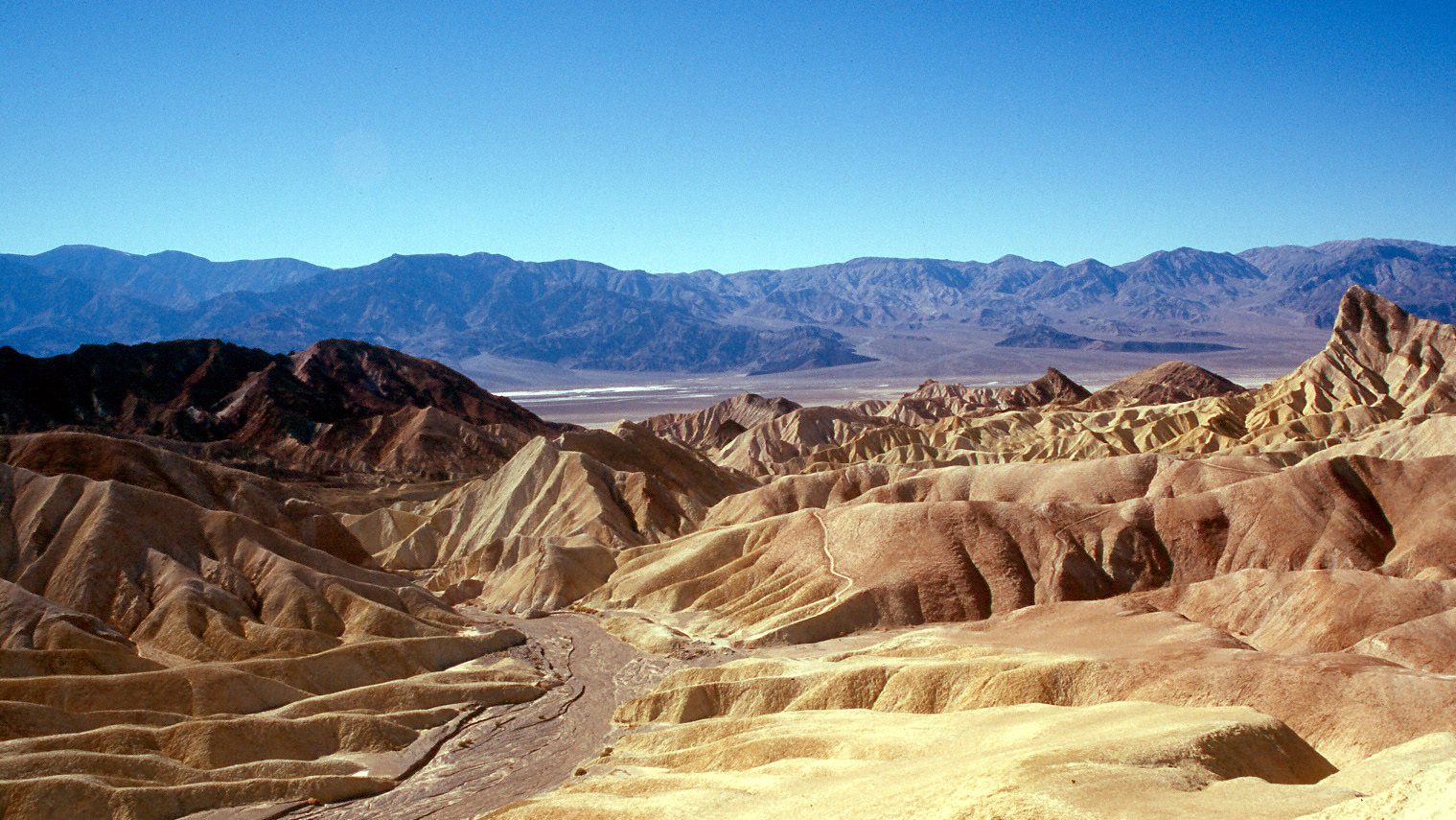
The clue is in the name, and Death Valley truly lives up to its portentous title. Snaking across the arid landscapes of Nevada and California, Death Valley holds the record for the highest temperature ever recorded on Earth: a fearsome 56.7 °C. The number of lives claimed by Death Valley climbs by an average of four a year, with most fatalities the result of heatstroke.
Dzerzhinsk lake
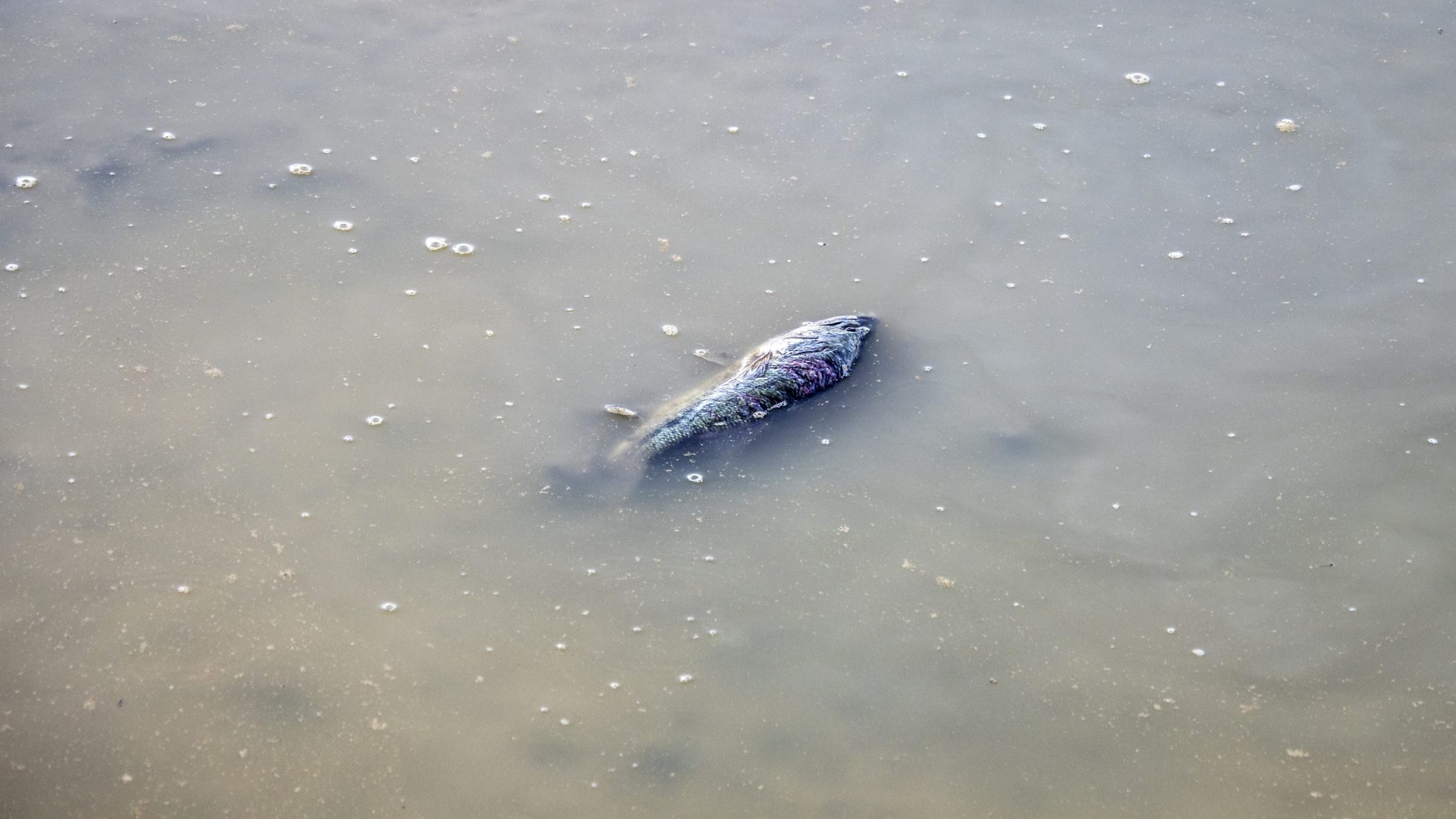
Located 230 miles to the east of Moscow, Dzerzhinsk lake holds the dubious distinction of being the most polluted body of water in the world, the result of six decades of runoff from chemical manufacturing. The toxic waste has decimated wildlife, and life expectancy in the nearby town is around 15 years lower than the Russian average.
Kīlauea
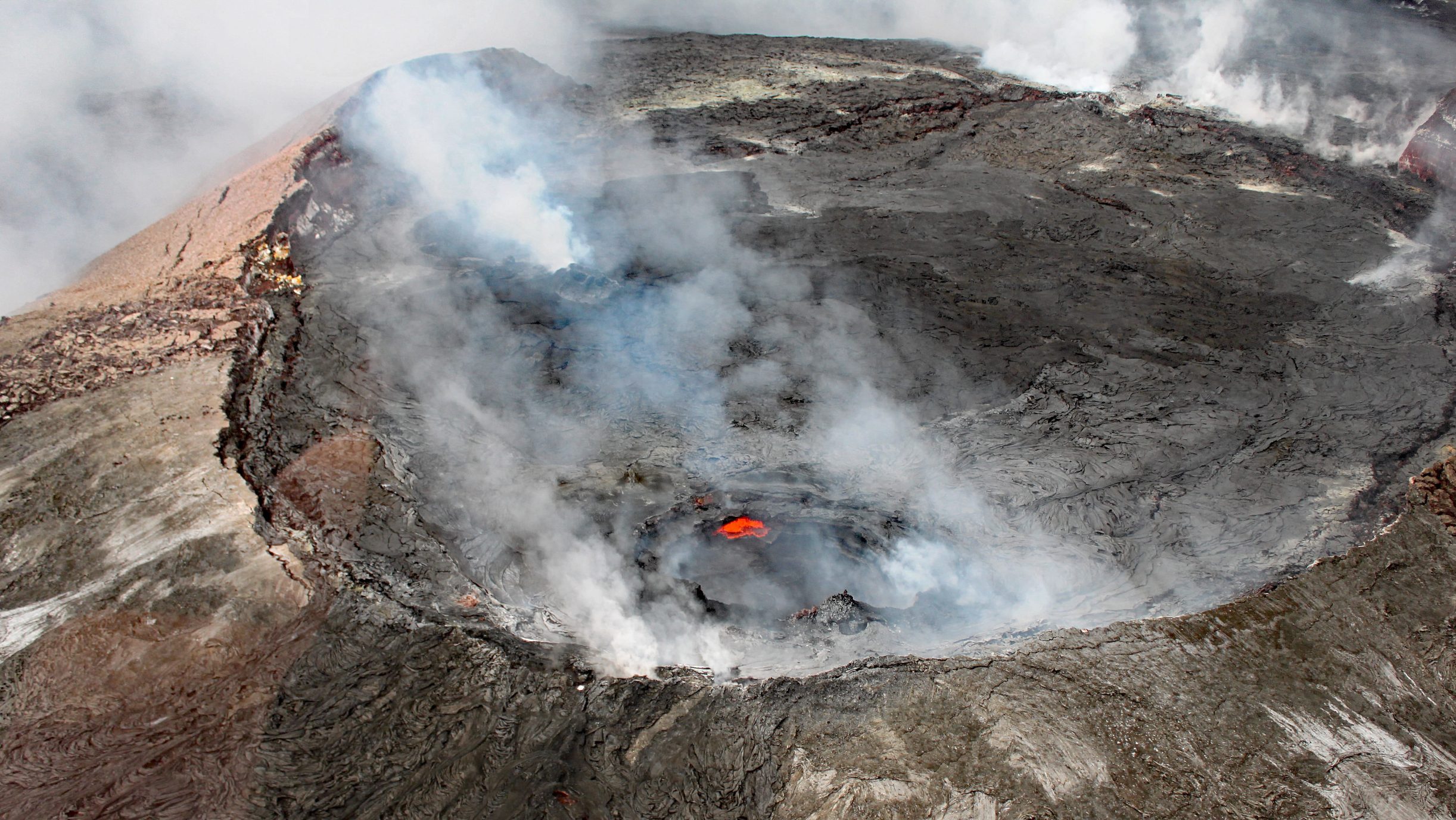
Kīlauea is considered the most active volcano in the world. It has been erupting near-continuously since 1983, belching toxic fumes into the air, and scientists are expecting a cataclysmic eruption any day. When it happens, it will devastate Hawaii, raining death and destruction for miles around and turning the skies black with ash.
Vostok Station
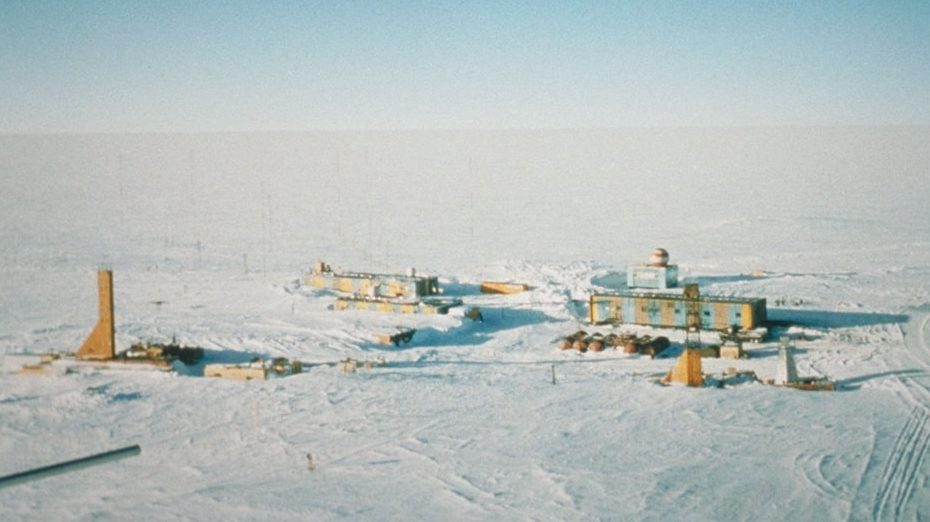
Vostok Station is a disused Soviet-era research facility nestled in the icy heart of Antarctica. On July 21st, 1983, temperatures around Vostok plunged to a bone-chilling -82.3 °C, the coldest temperature ever recorded on the Earth’s surface. Needless to say, not much can survive at temperatures this low, making Vostock one of the most inhospitable places on the planet.
Kabwe, Zambia
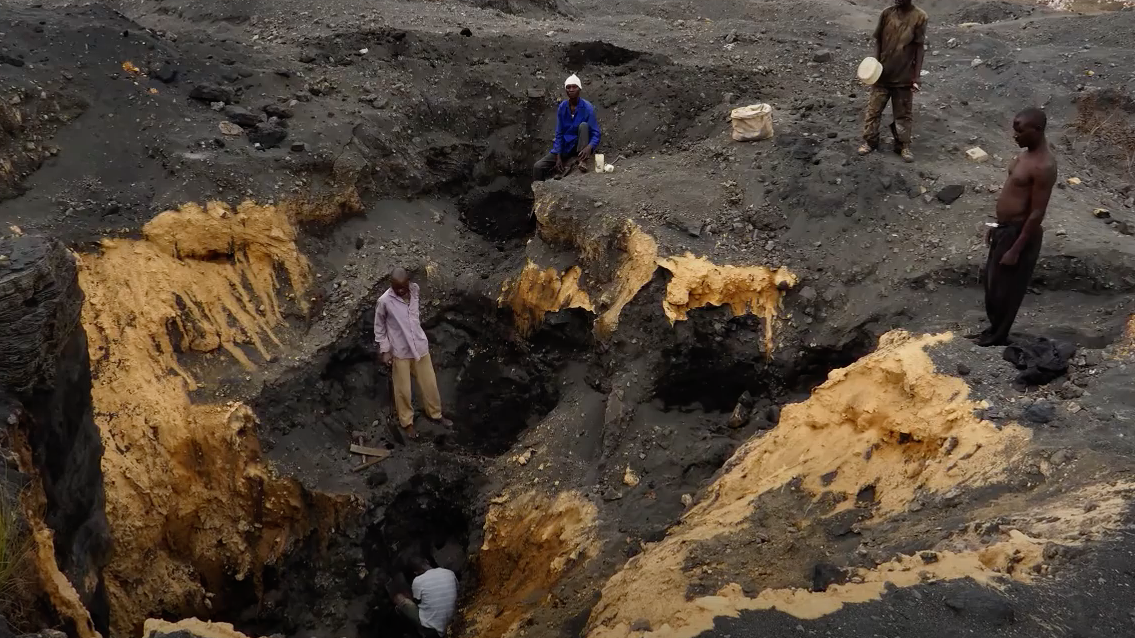
The giant lead mine that used to operate in Kabwe, Zambia has been closed for decades, but its grim legacy lives on in the form of lethal contamination. Years of smelting processes have saturated the soil around Kabwe with toxic pollutants that leech into water sources, gradually poisoning anyone unlucky enough to live nearby.
Commonwealth Bay
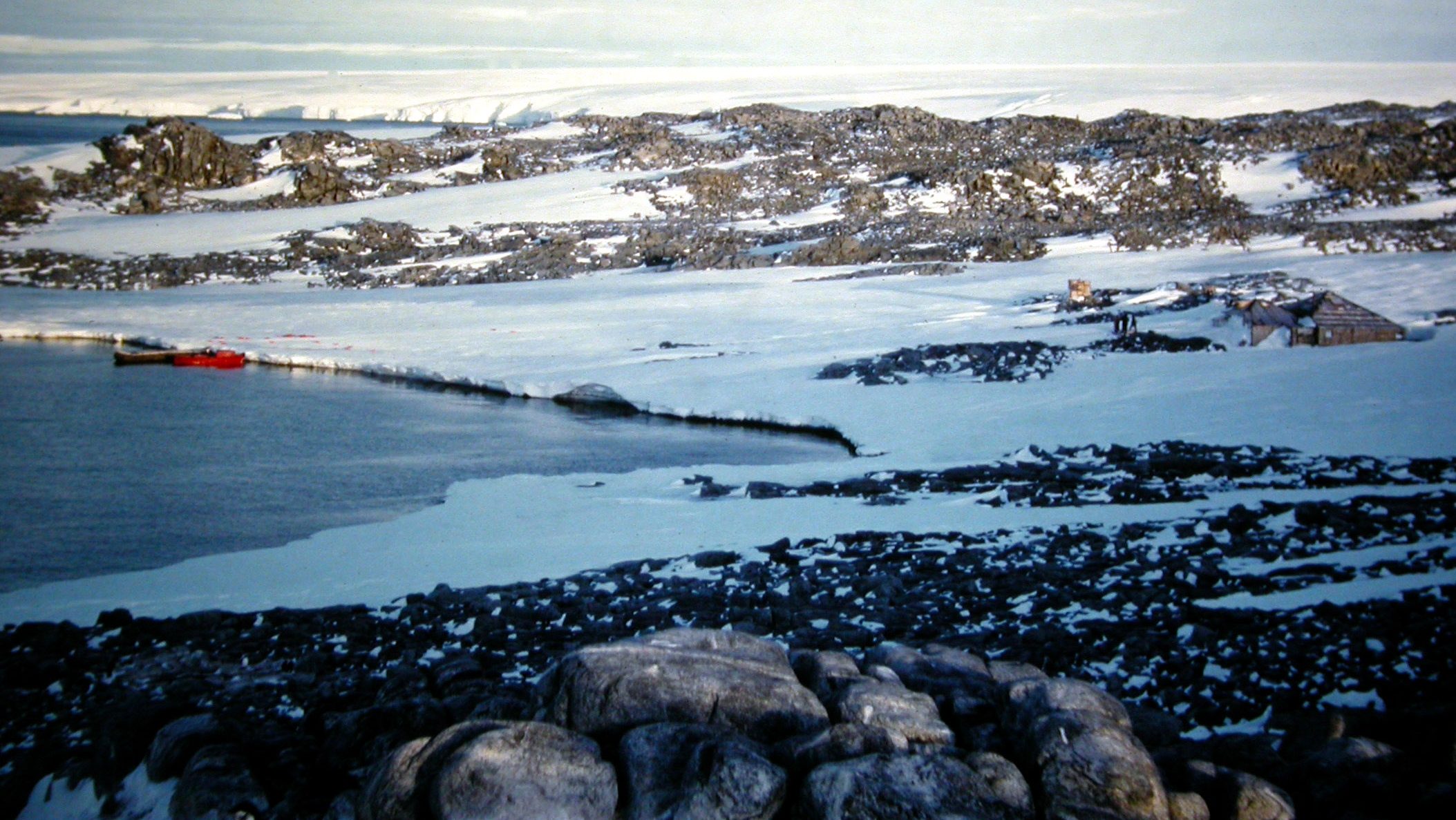
The title of windiest place on Earth goes to Commonwealth Bay, a 30 mile strip of ice on the shores of Antarctica. Wind speeds here regularly clock in at 150 miles per hour, easily enough to blow people off their feet and spell doom for ships trying to navigate the icebergs that float hazardously in the frigid waters.
Vozrozhdeniya
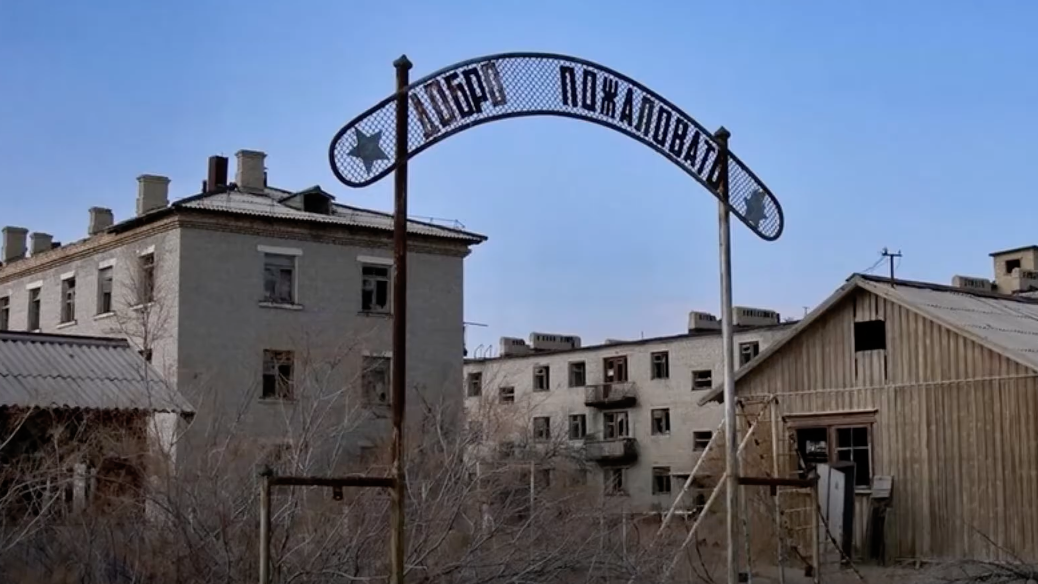
Once an island, the shrinking of the Aral Sea has turned Vozrozhdeniya into a peninsula. Interesting as this is, what’s more noteworthy is the fact that Vozrozhdeniya was once the world’s largest testing site for biological weapons, leading to its nickname Anthrax Island. As the New York Times reported in 2003, “Vozrozhdeniye Island was a practice field for the most hideous kind of warfare.”
Bouvet Island
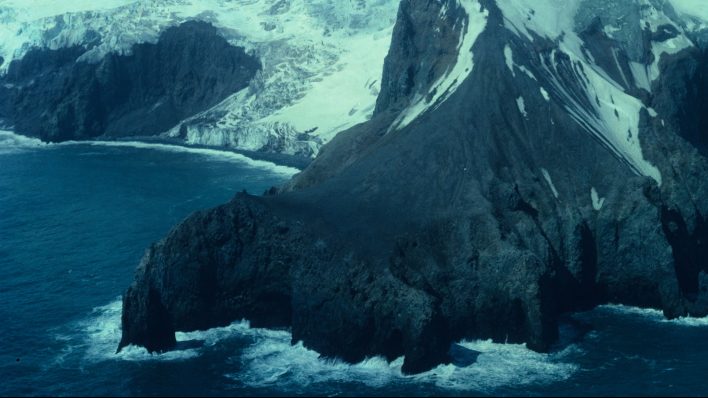
The most isolated island in the world, Bouvet Island is 720 miles away from the closest piece of land, which happens to be Queen Maud Land in Antarctica. In 1964, an empty life raft was discovered on the island, but no traces of its inhabitants were ever found, and their fate remains a morbid mystery.
Centralia
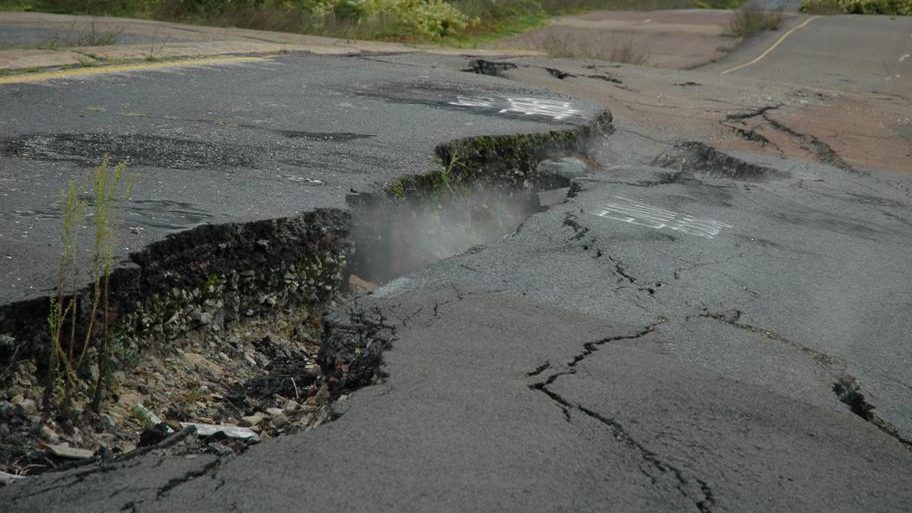
The fact that the fictional town of Silent Hill was inspired by Centralia should probably tell you all you need to know. Once a thriving mining community in Pennsylvania, Centralia had to be rapidly abandoned after a giant coal fire broke out beneath the town in 1962. The fire continues burning to this day, spewing noxious fumes through cracks in the tarmac.
North Sentinel Island
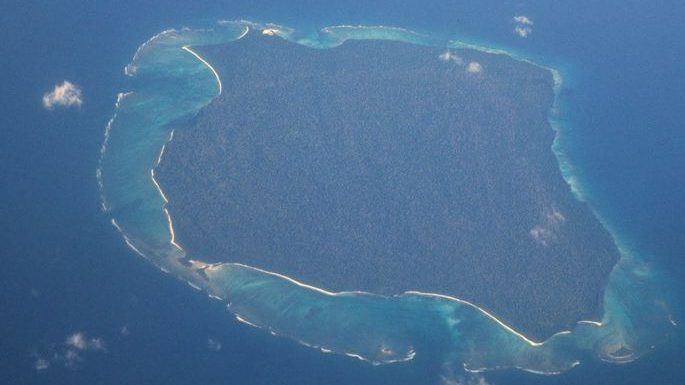
Sometimes a place is treacherous not because of what’s there, but rather because of who’s there. A tiny spit of sand in the Bay of Bengal, North Sentinel Island is inhabited by a hunter gatherer tribe that has been cut off from the rest of the world for thousands of years. They have attempted to kill anyone who sets foot on the island, often successfully.
Tyndall Glacier Cave
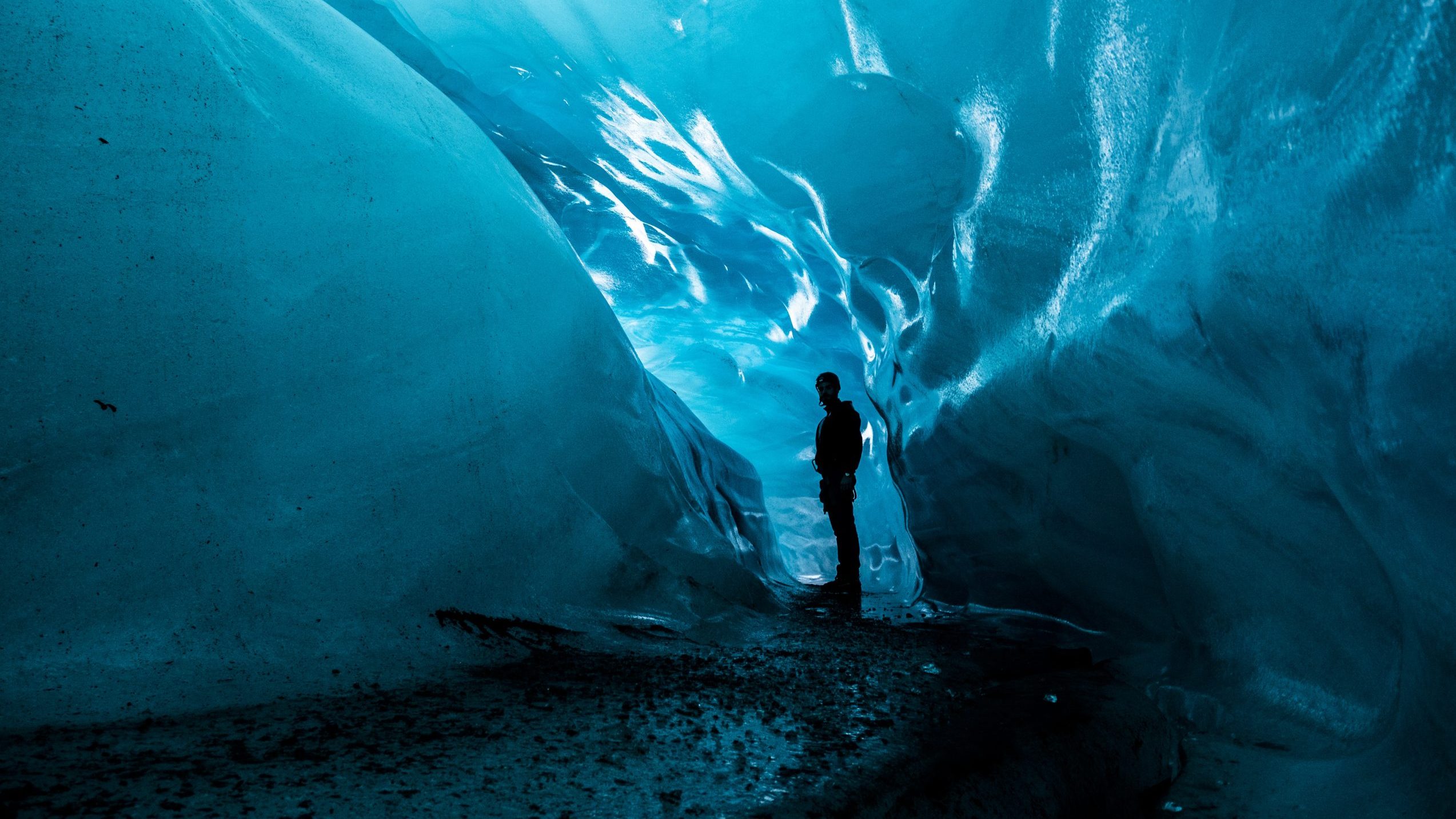
Chile’s Tyndall Glacier, a 205 mile sheet of ice in the Patagonian Andes, is home to one of the most dangerous caves in the world. The shaft is only 100 metres deep, tempting many intrepid explorers, but abrupt and completely unpredictable temperature swings can cause the cave to fill with glacial meltwater in a terrifyingly short amount of time.
The Bolton Strid

The Bolton Strid, a narrow section of the River Wharf in Yorkshire, England, may look easy to wade across. However, due to a geological quirk which has turned the river on its side, extremely powerful currents rage beneath the surface, capable of mercilessly dragging anyone trying to cross the Strid into an underwater cave, from which the corpses of these unfortunate folks almost never resurface.
Tsingy de Bemaraha National Park
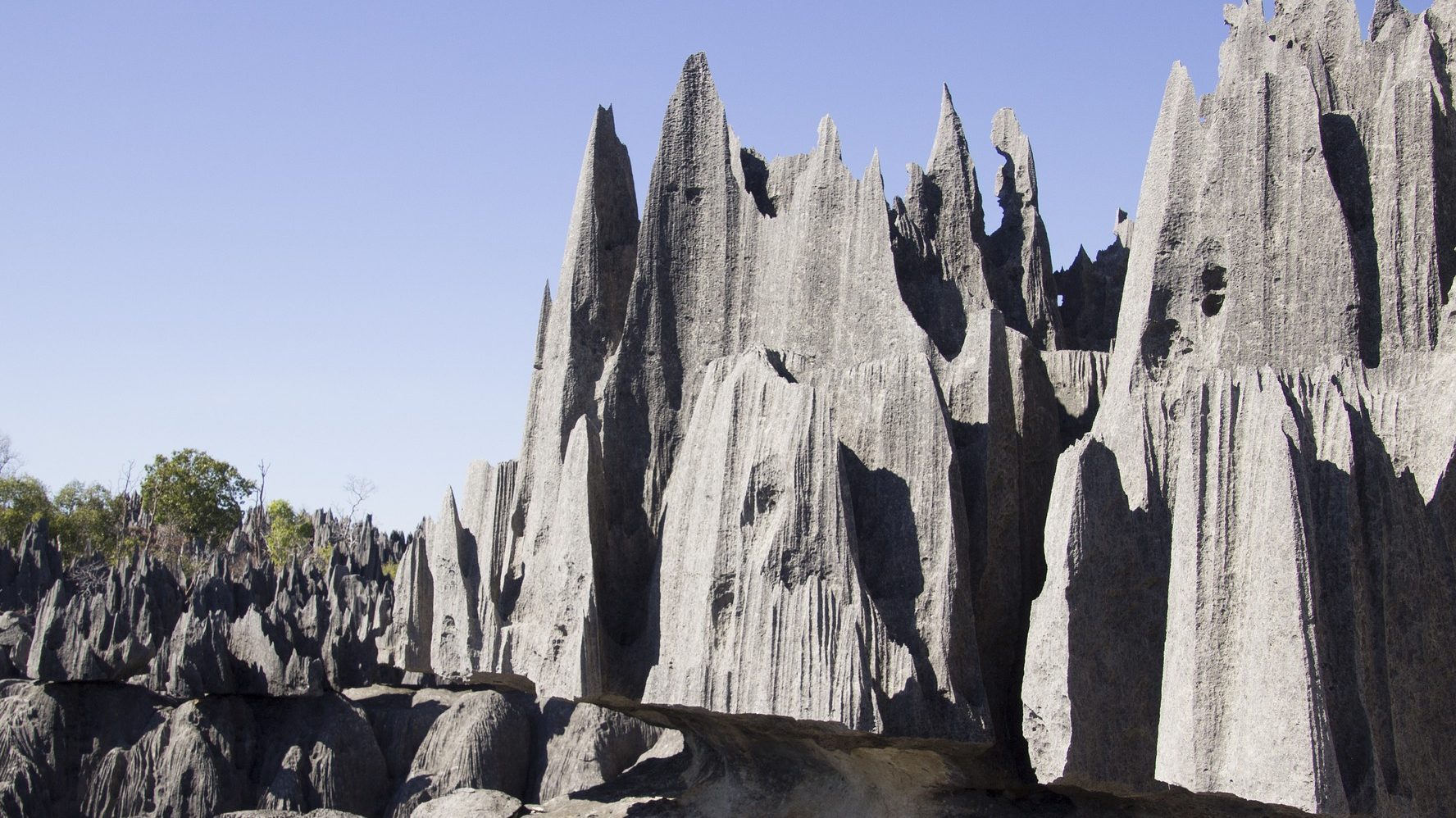
Tsingy de Bemaraha National Park in Madagascar is so impenetrable that researchers refer to it as a “bio-fortress.” What makes Tsingy de Bemaraha so dangerous is the fact that it is consists almost entirely of jagged, razor sharp limestone obelisks capable of slicing through human flesh like butter. Unsurprisingly, scientists have only managed to explore 11 percent of the area.
Boiling Lake
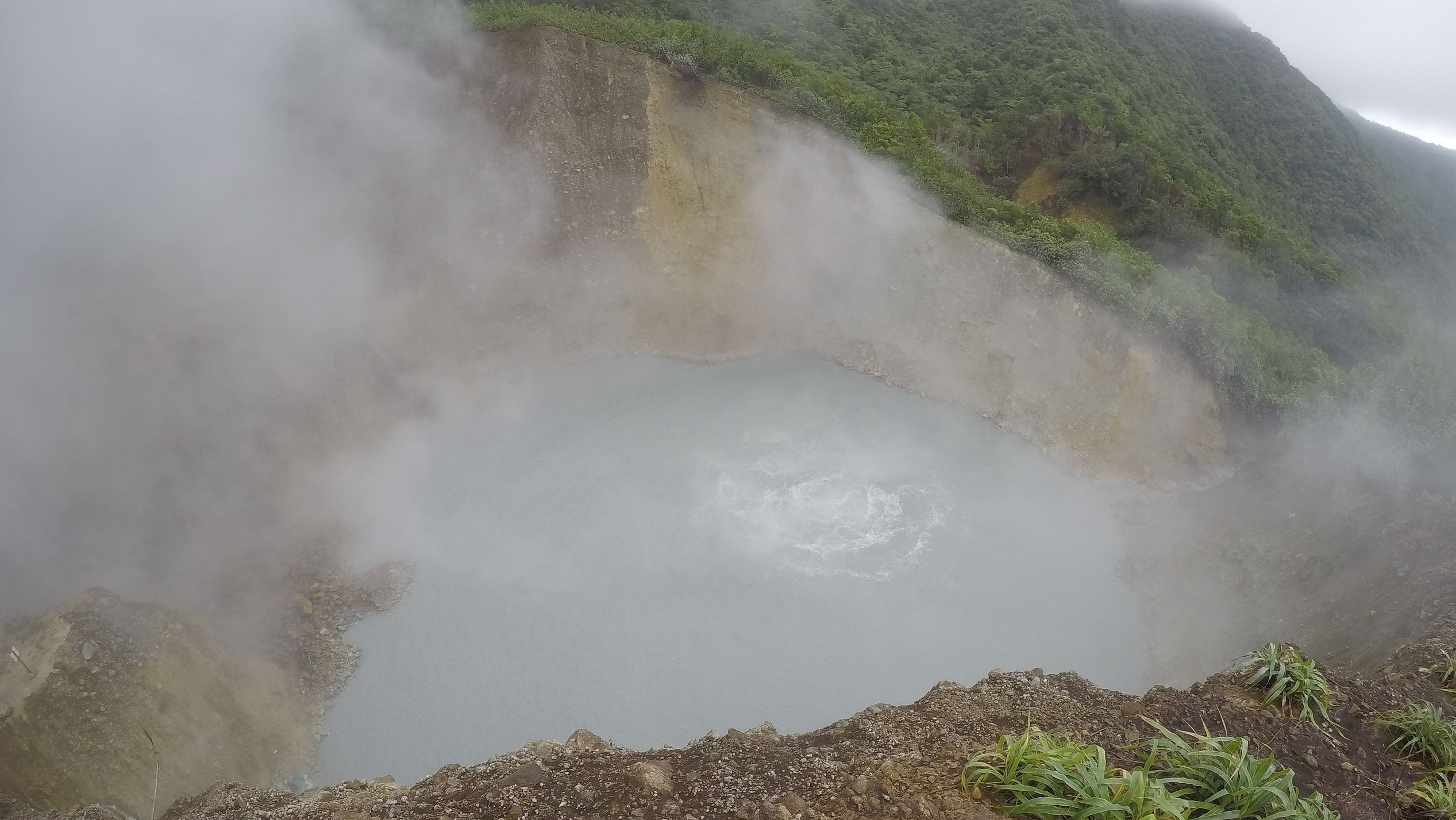
A hot spring on steroids, the waters of Dominica’s Boiling Lake average 91.7 C at the shoreline. Scientists have no idea how hot it gets towards the centre, because to date no one has figured out a way of taking a reading without getting boiled in the process.
Naica Mine
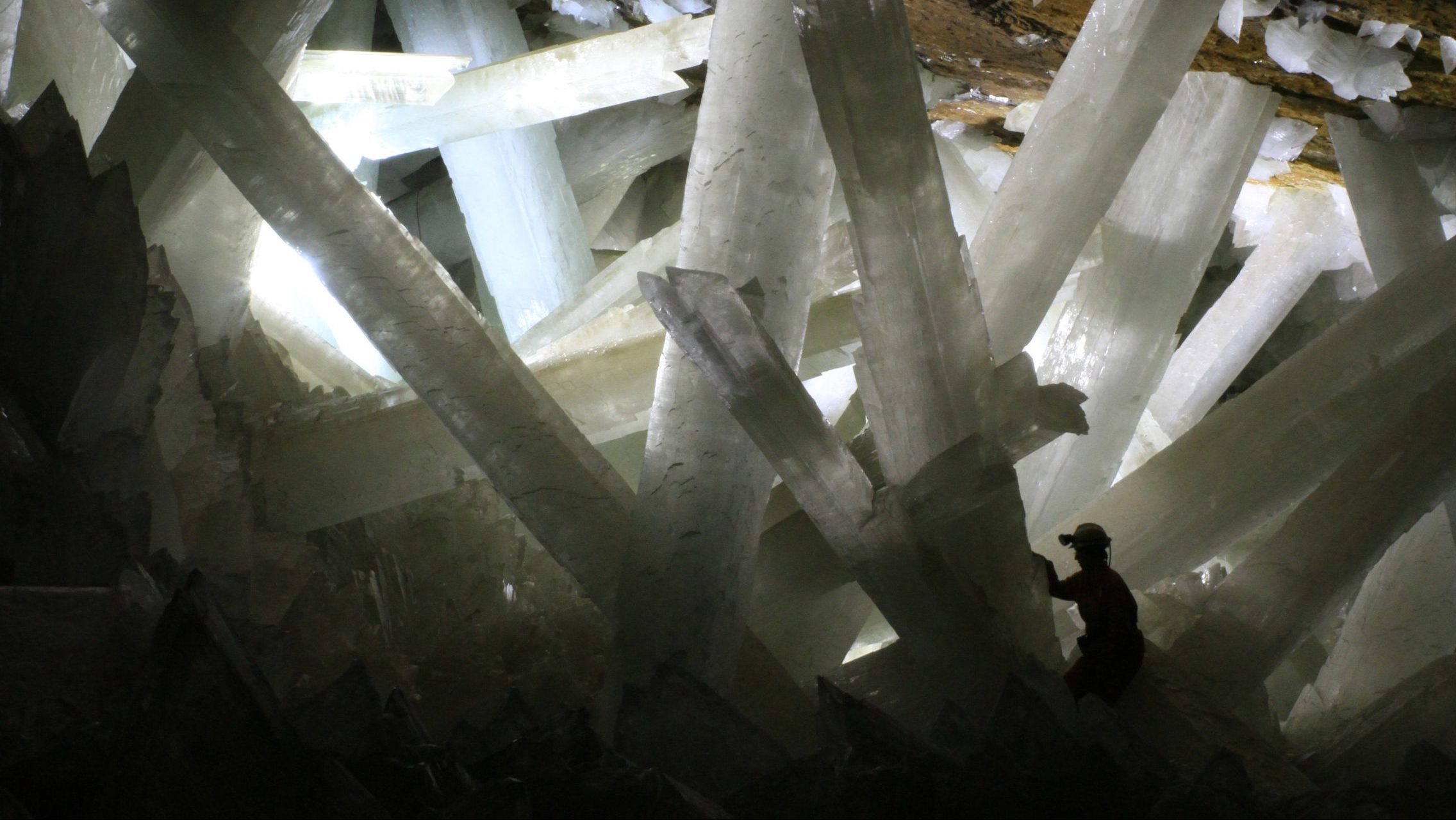
Known as the ‘Sistine Chapel of Crystals,’ a chamber within Mexico’s Naica Mine is filled with dazzling crystalline structures, some of which measure up to 49 feet in length. To see them, however, you first have to traverse over 1,000 feet of mine shaft, with temperatures of 50°C and 100 percent humidity making the voyage extremely perilous without specialist equipment.
The Afar Triangle
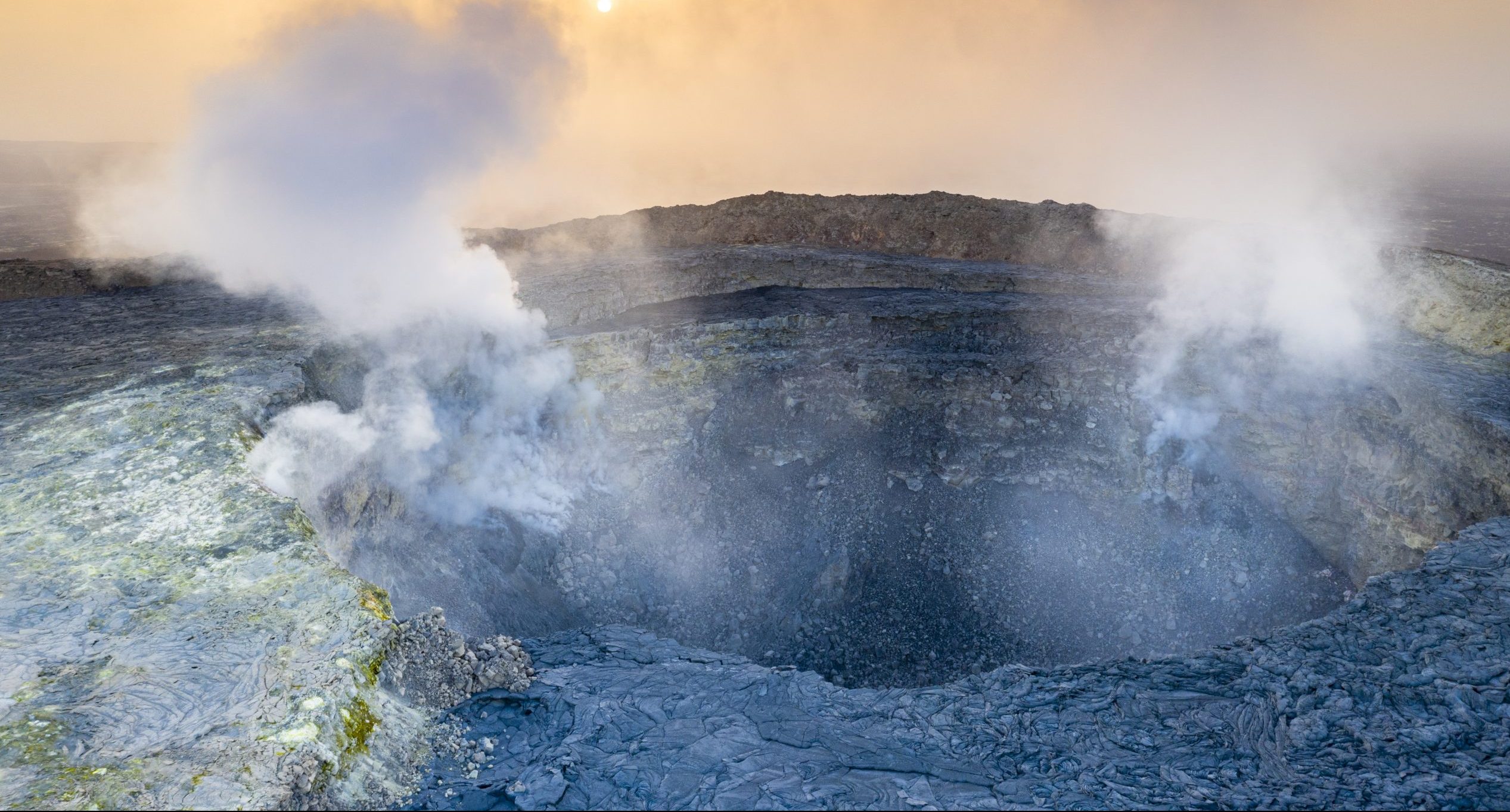
Located in Africa, the Afar Triangle is one of the most geologically active areas in the world, thanks to an extremely unstable tectonic fault. What this means, in practical terms, is that the ground in the Afar Triangle is prone to splitting open without warning, forming terrifyingly deep chasms that emit blasts of air superheated to around 400°C.
The Corryvreckan Maelstrom

In an attempt to gauge the power of the the Corryvreckan Maelstrom, a permanent whirlpool off the coast of Scotland, researchers fitted a mannequin with a life jacket and depth gauge and threw it in. When the mannequin was eventually recovered from Davy Jones’ Locker, the depth gauge showed that it had been dragged to a depth of 650 feet.
Dark Star Cave
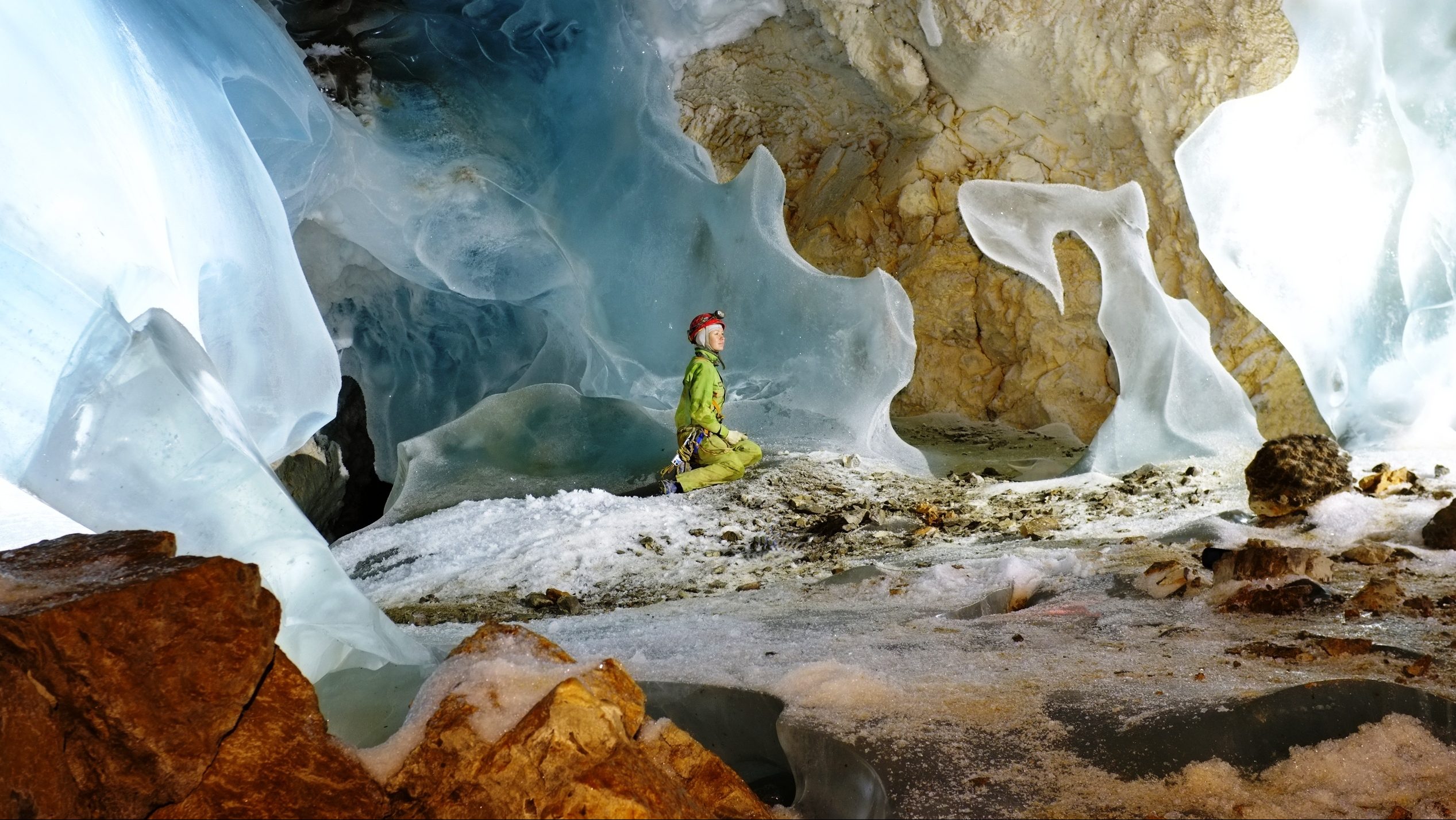
Dubbed “The Underground Everest,” the gloomy depths of Uzbekistan’s Dark Star Cave can only be reached by using ropes to descend almost 3,300 feet. Icy winds relentlessly tear through the cave’s pitch-black passages and over its frozen lakes, mummifying the remains of the explorers who have lost their lives trying to map the twisting, underground labyrinth.
Lake Karachay
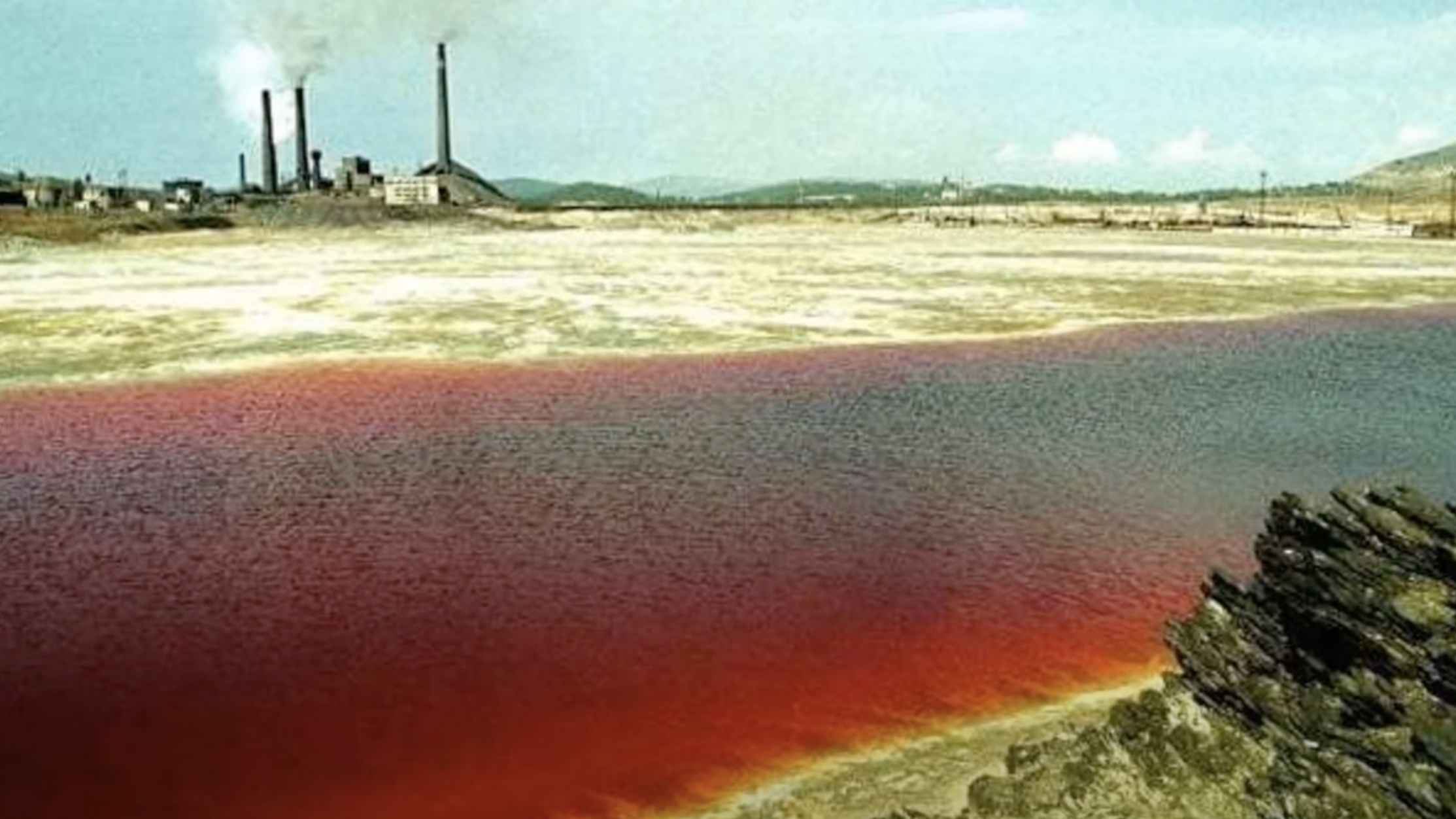
During the 1950s, Lake Karachay was used by the Soviet regime as a dumping ground for radioactive waste from Mayak, a top-secret nuclear facility in the Chelyabinsk oblast. Although the lake has since been mostly filled in, it continues to emit levels of radiation comparable to Chernobyl. Radioactive dust carried from the site by wind is estimated to have poisoned up to 500,000 people.
Darvaza gas crater
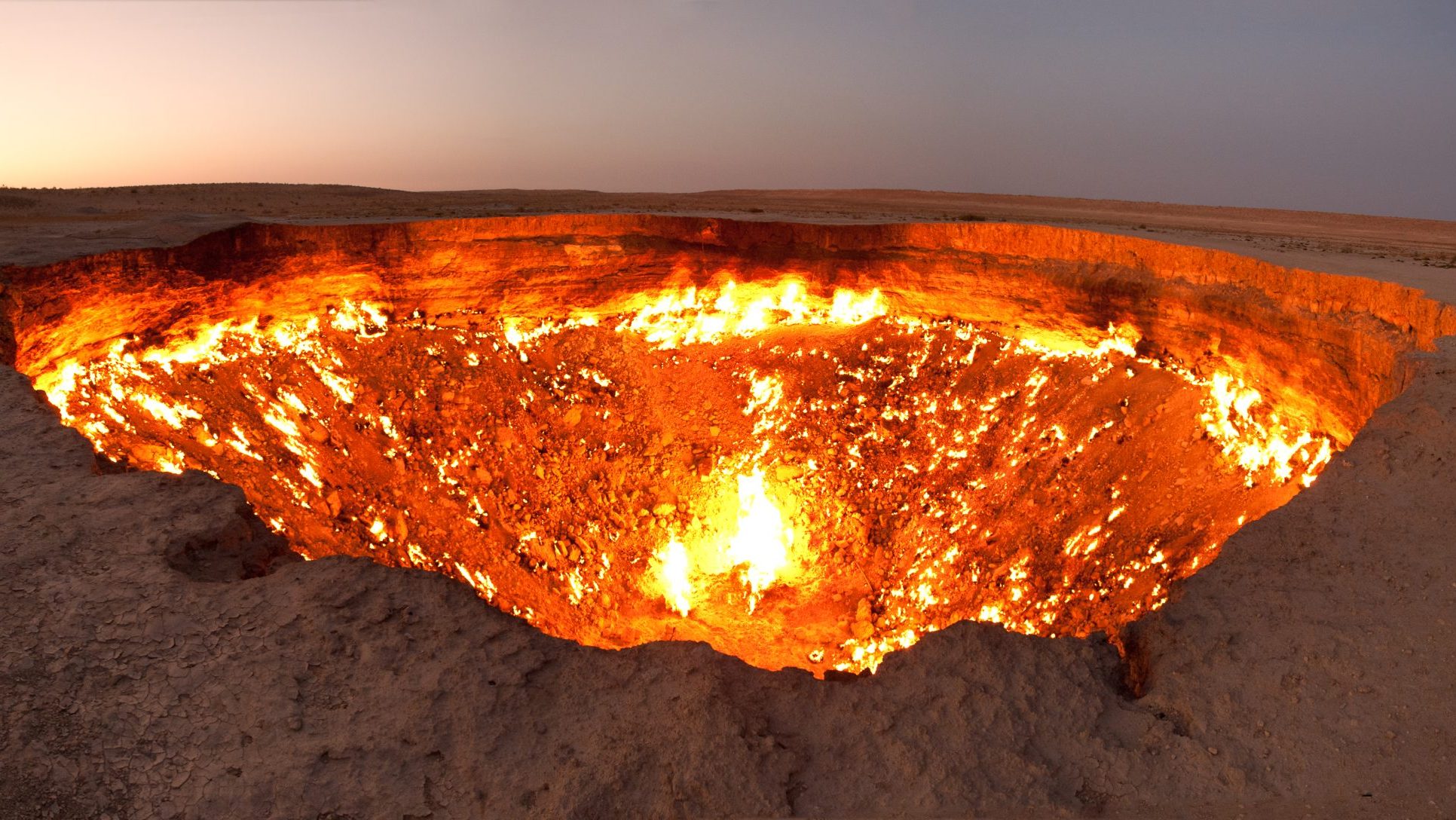
Located in Turkmenistan, the Darvaza gas crater is usually known by a rather more ominous name: The Gates of Hell. No one knows how the gas crater formed, or why it caught fire, but one thing everyone can agree on is that it’s incredibly dangerous. The crater occasionally releases blasts of poisonous gas, making it perilous to approach without specialised breathing gear.
Mount Katahdin
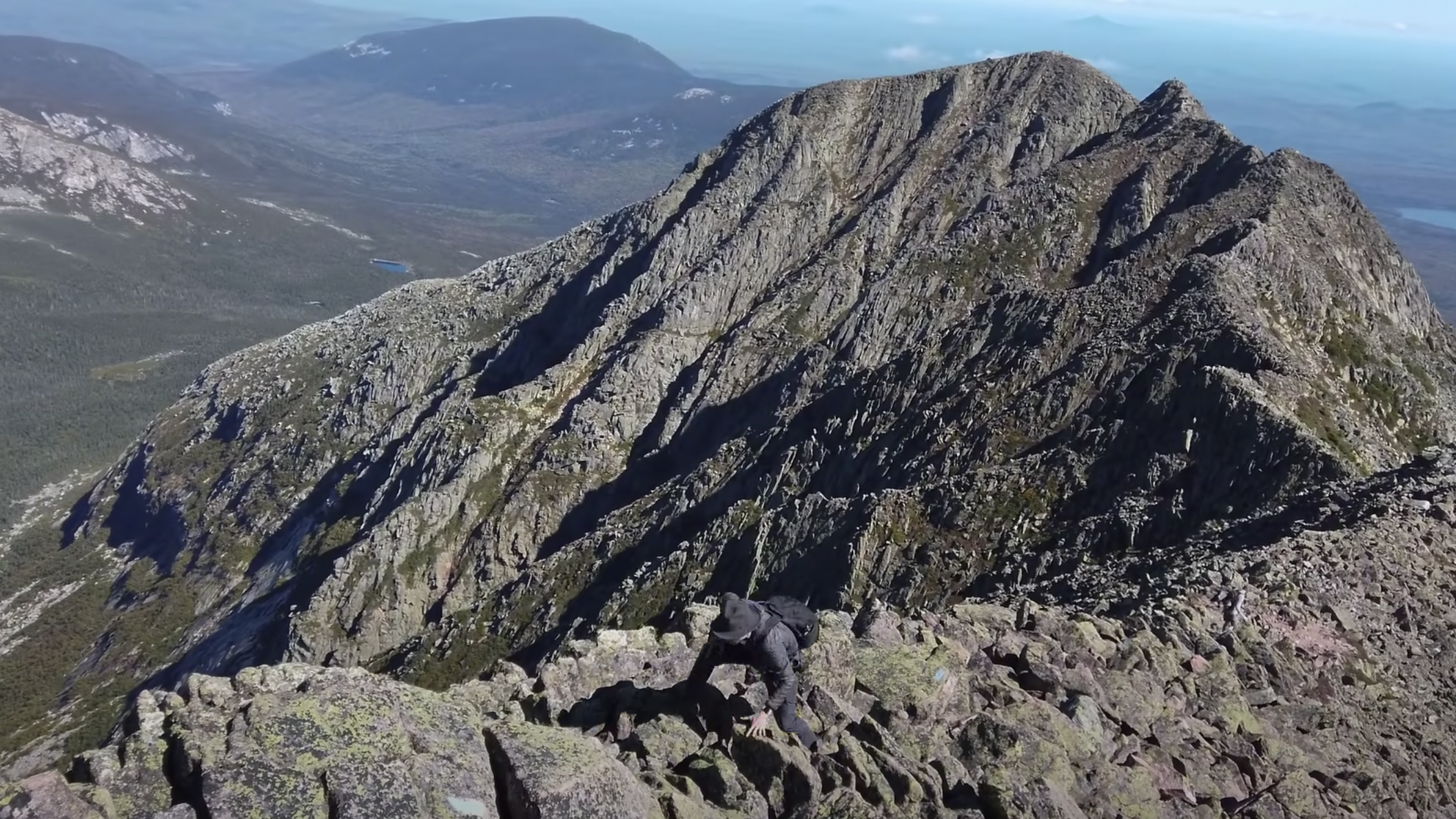
Although Mount Katahdin is a fairly tame climb compared to some of the mountains on this list, the terrifying trail at its peak more than makes up for it. Known as the Knife’s Edge, this trail is barely two feet wide in some places, and it’s bordered on either side by a plunging drop to certain death.
Paris Catacombs
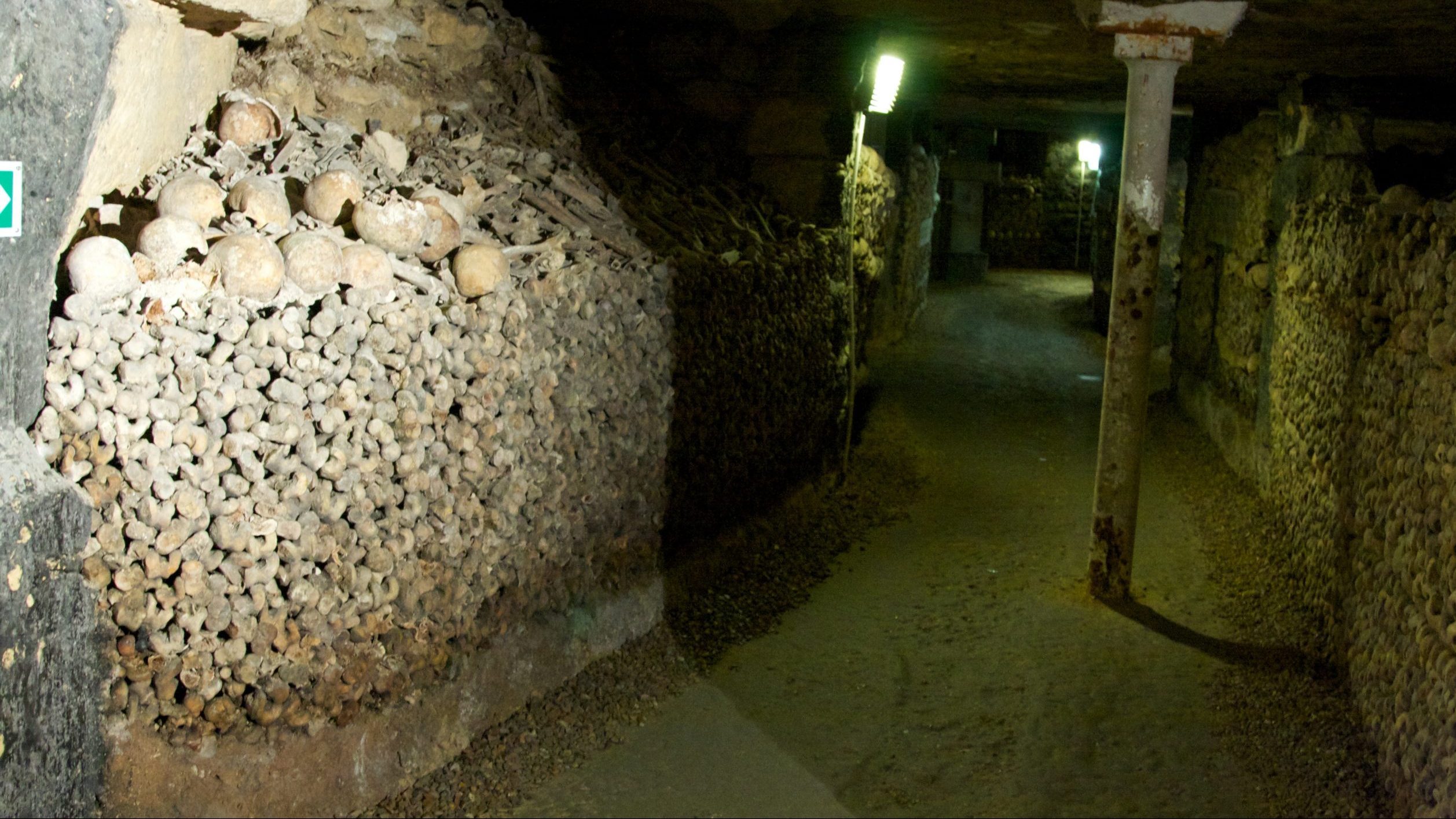
A strong contender for the creepiest place on Earth, the Paris Catacombs snake for hundreds of miles beneath the streets of the French capital, and they are filled with the bones of six million skeletons. The Catacombs aren’t just eerie, however; they’re genuinely dangerous. Take a wrong turn when navigating the labyrinthine passageways, and you might just wind up the Catacombs’ latest skeletal resident.
Mount Everest
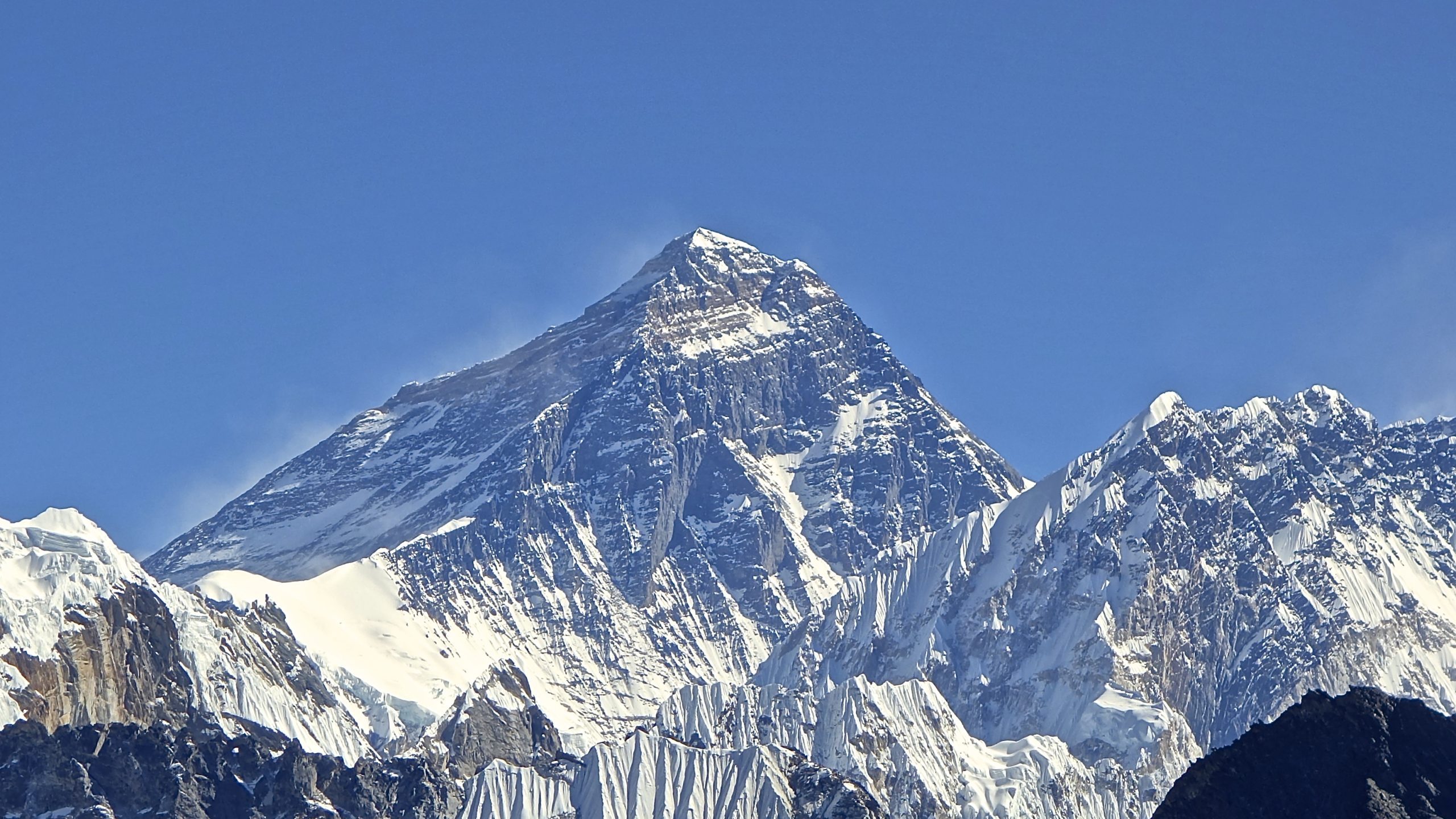
Mount Everest has claimed more lives than any other mountain on the planet. Unpredictable weather, precipitous drops and extremely low levels of oxygen combine to make Everest one of the the most dangerous climbs in the world, and the mountain’s “Death Zone” is littered with the corpses of those who failed to reach the summit.
Yucatan Cenotes
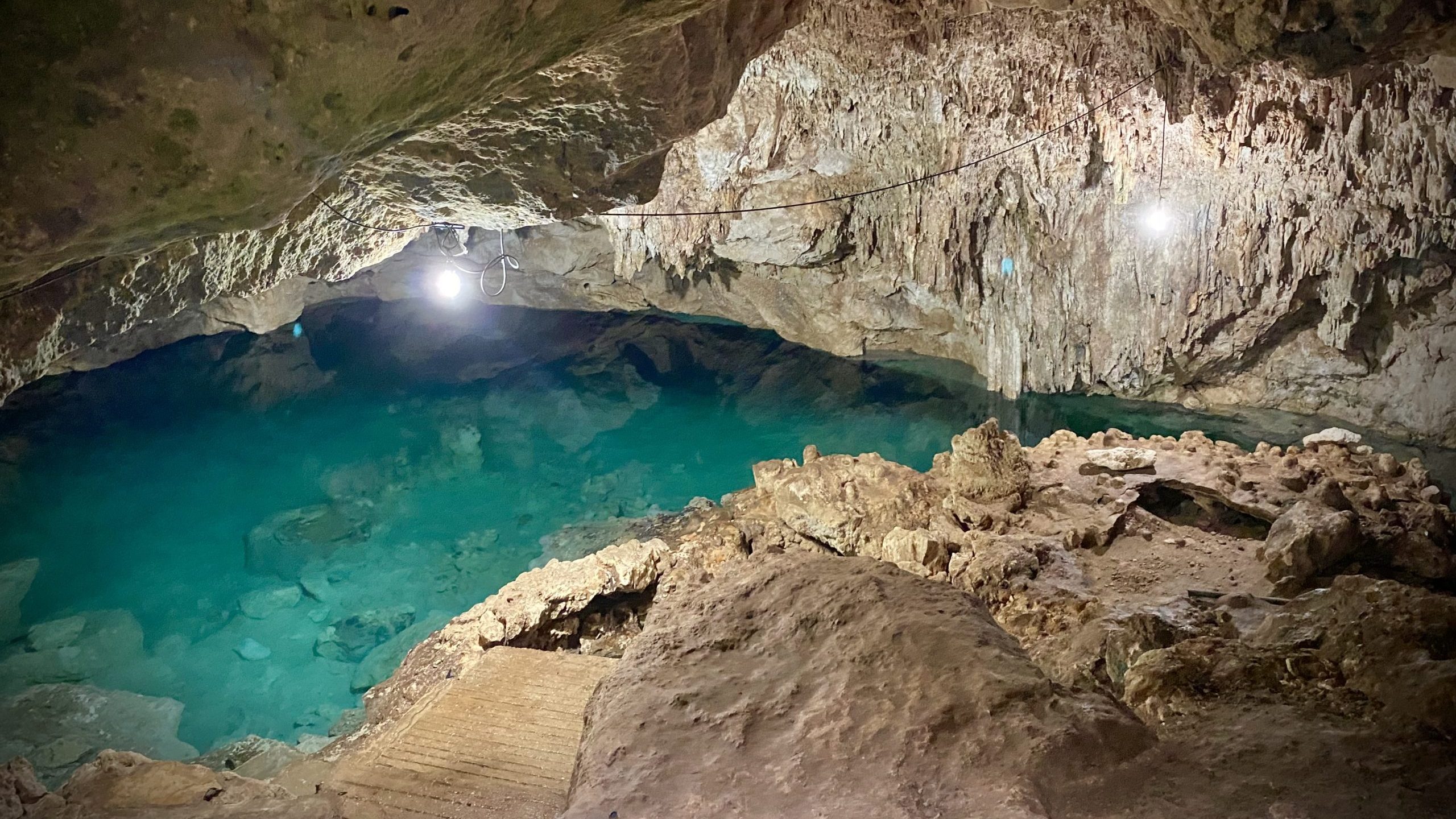
The land that collapsed to form Yucatan’s Cenotes was once used by the Mayans to perform human sacrifice. The area continues to claim lives, as gutsy cave divers tackle the underwater chambers of the Cenotes. Many of them die, either after getting disoriented or becoming hopelessly tangled in the treacherous vines that trail down from the land above.
Death Road
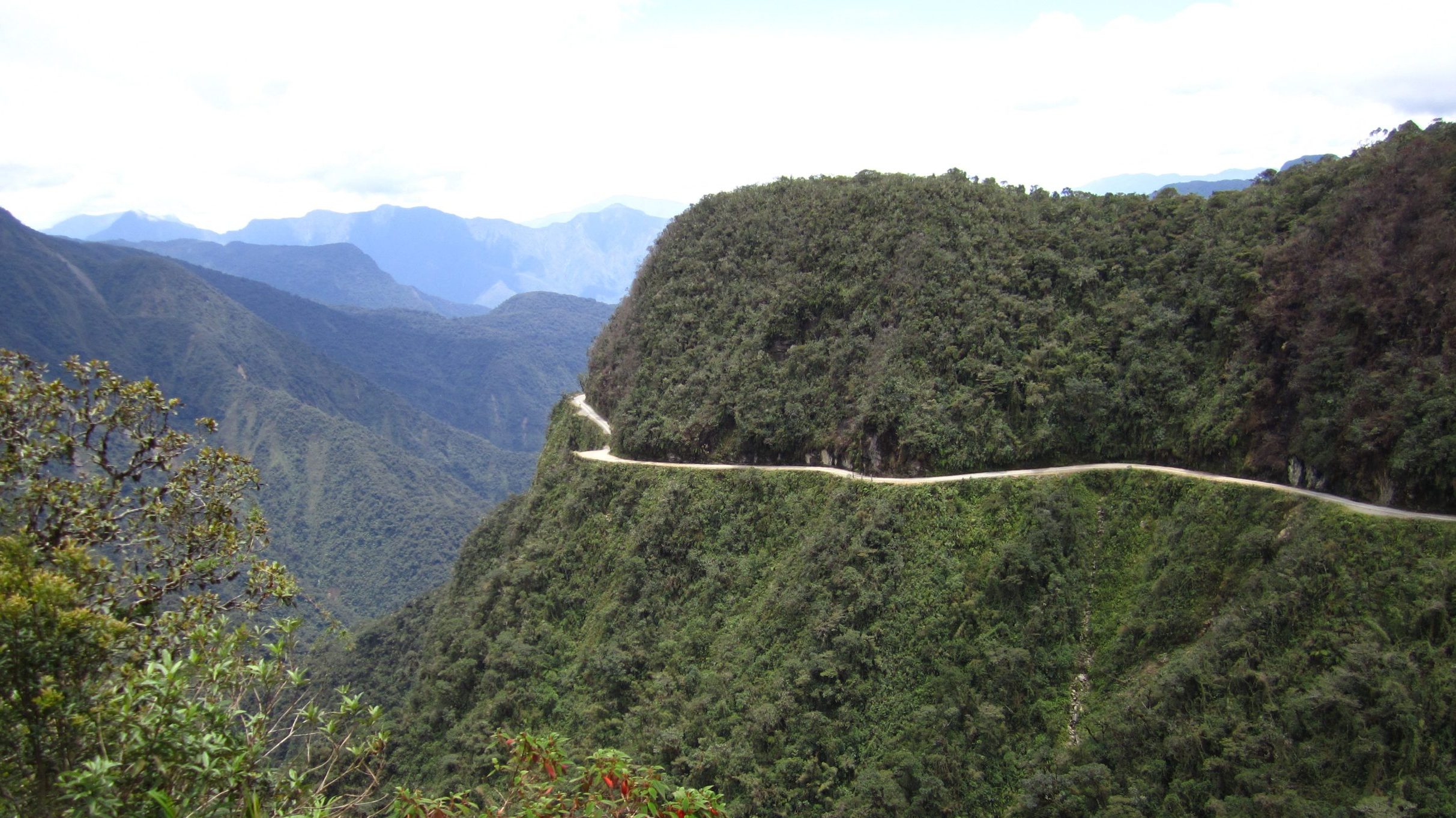
It’s probably a good idea to avoid anywhere with “death” in its name. Case in point is Bolivia’s North Yungas Road, more commonly known as “Death Road.” The perils that you might encounter along this 43 mile stretch of road include precipitous drops, dense fog, landslides and the complete absence of safety railings. Around 300 people perish here every single year.
Lake Natron
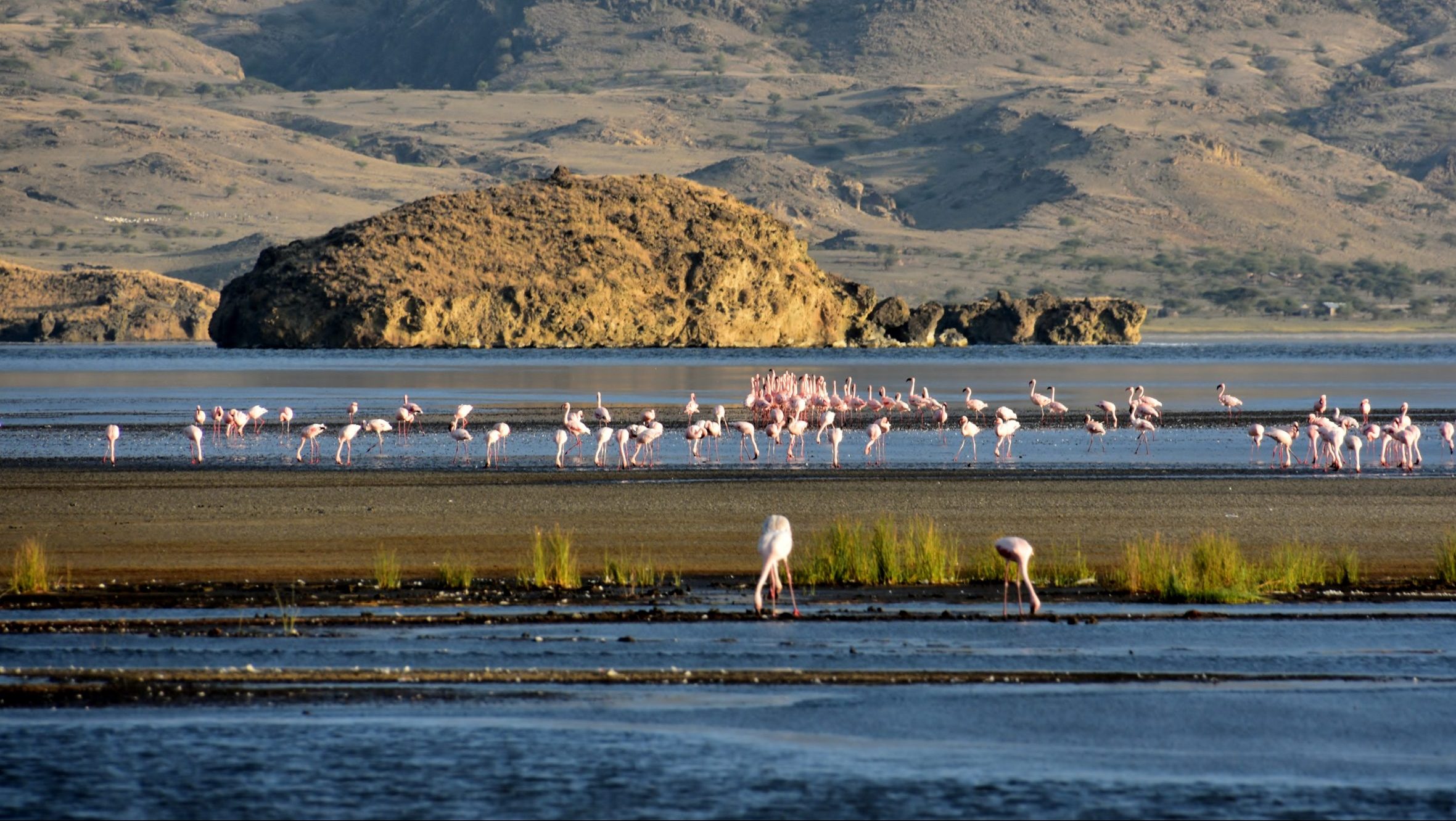
Located in Tanzania, this lake gets its name from its high levels of natron (shorthand for sodium carbonate decahydrate), a deadly natural compound which is highly corrosive to human eyes and skin. The lake’s water also reaches temperatures of 120°C, and is dyed an ominous shade of crimson thanks to large numbers of cyanobacteria.
The Danakil Desert
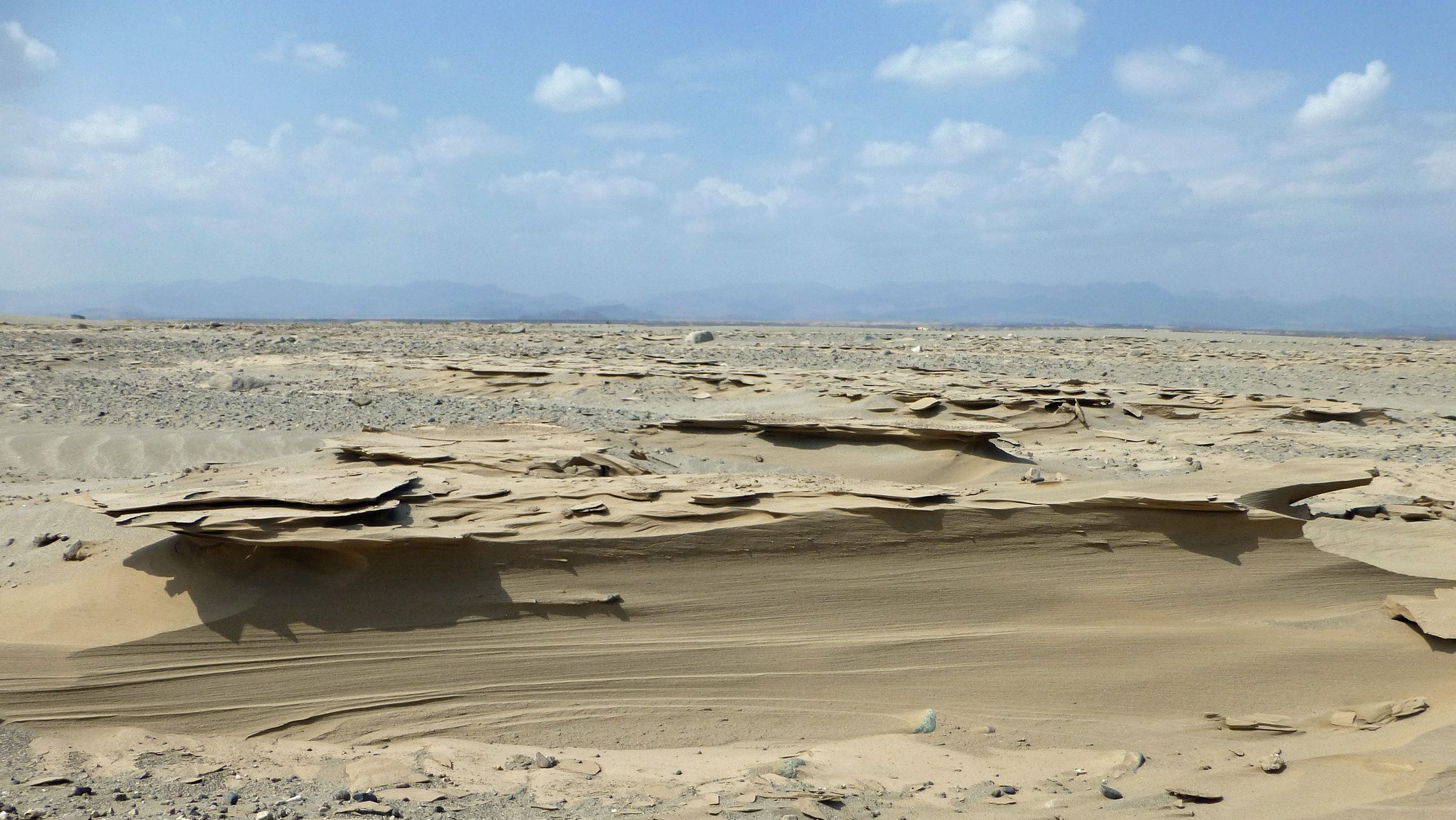
East Africa’s Danakil Desert is one of the least inhabited regions in the world, for good reasons. For starters, daytime temperatures rarely drop below 50°C (122° Fahrenheit), making it exceptionally difficult for anything to survive. The area is also highly volcanically active, with underground geysers regularly belching out clouds of toxic sulphuric vapours.
Madidi National Park
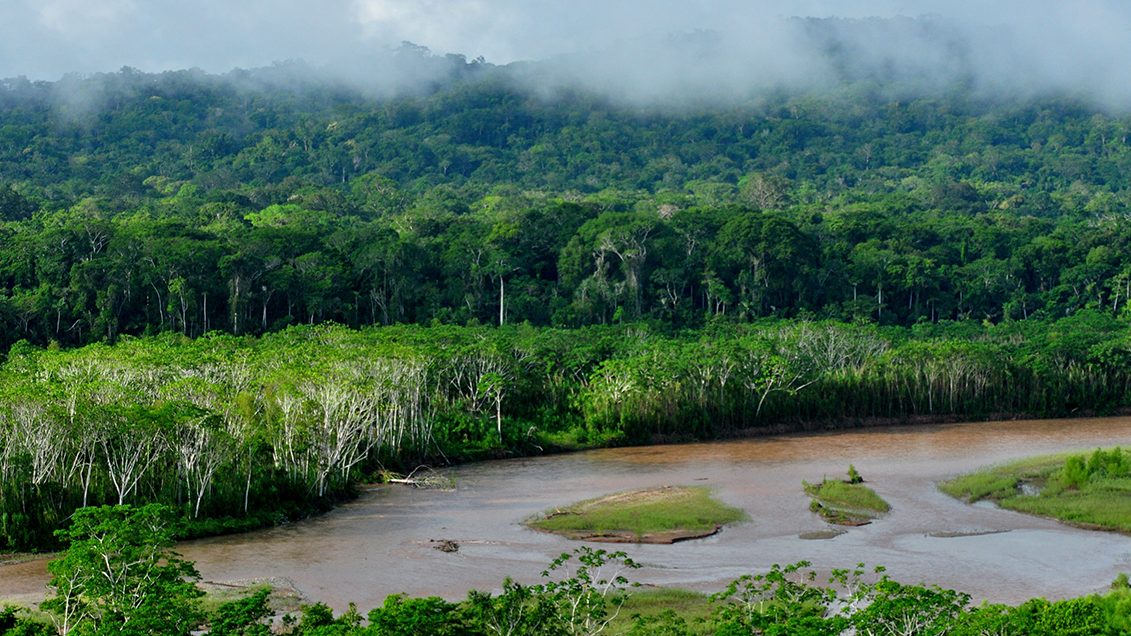
While it’s possible to visit Bolivia’s Madidi National Park, doing so without an experienced guide is a recipe for a premature death. The park’s thick jungle is home to an astonishing number of plants and animals with the power to end your life in the most painful ways possible, and it’s easy to get lost in the dense, oppressive undergrowth.
Skeleton Coast

The menacingly named Skeleton Coast stretches from the south of Angola to the north of Namibia, and it’s arguably the worst place in the world to be shipwrecked. One of the most inhospitable places on the face of the Earth, the Skeleton Coast is almost completely devoid of freshwater or food, and scorching winds constantly rake across the arid, bone-littered landscape.
Mount Washington
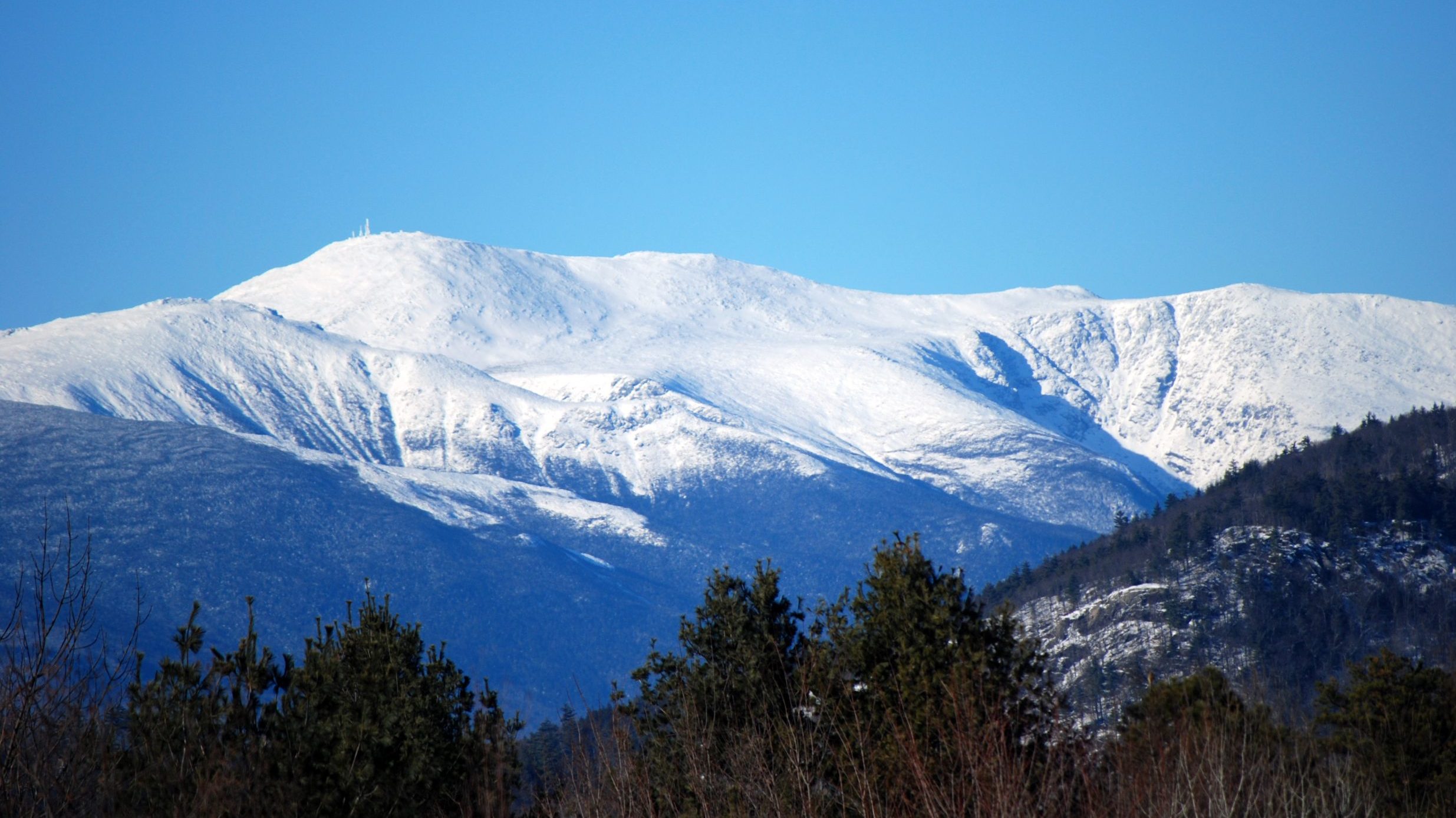
Thanks to its comparatively diminutive size, Mount Washington is frequently underestimated by climbers. However, a combination of extreme wind speeds and freezing temperatures – both of which can appear without warning – makes the New Hampshire mountain surprisingly treacherous. At least 160 people have lost their lives on its slopes.
Saltstraumen Strait
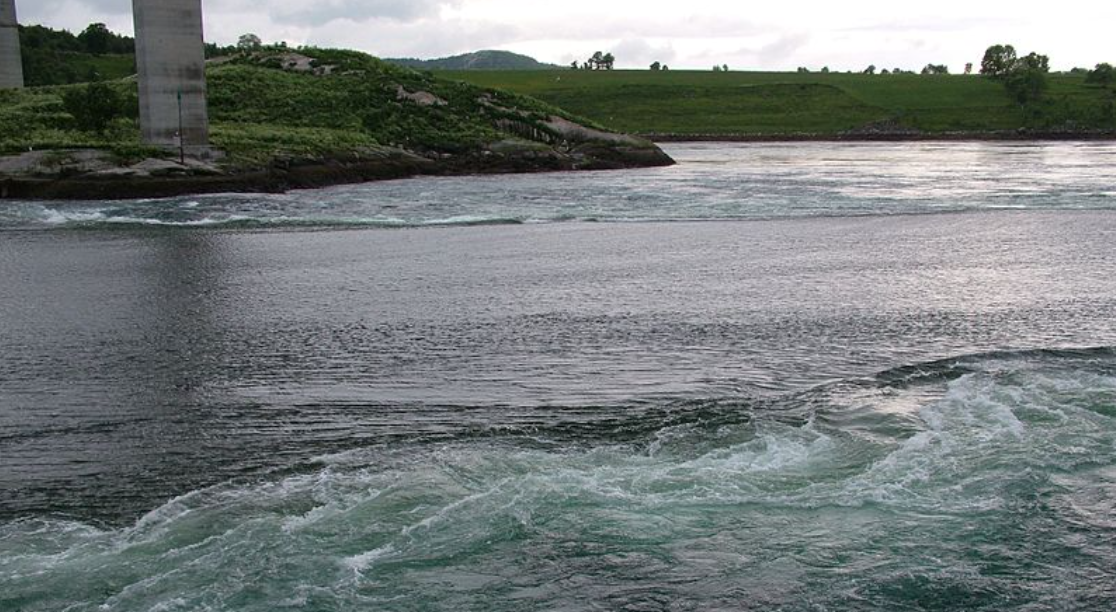
The Saltstraumen Strait in Norway is known to have the strongest tidal currents on Earth, witnessing the strongest whirlpool called Mailstrom every 6 hours. Visitors can see the strait for themselves to a degree but are strongly advised to keep a safe distance.
Bermuda Triangle
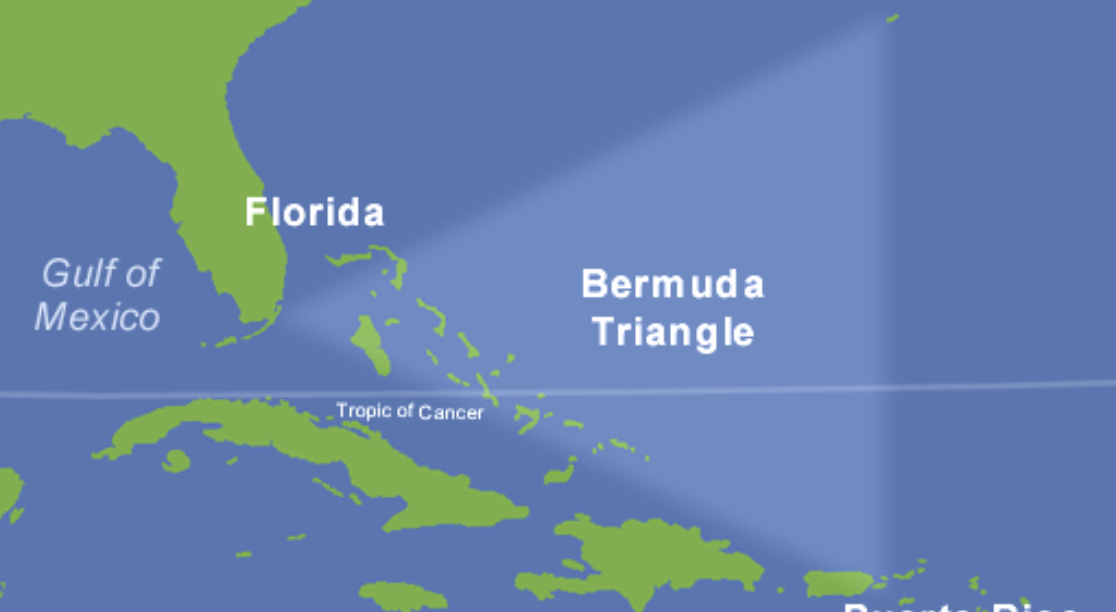
The Bermuda Triangle is a notorious area of the North Pacific Ocean where various ships and aeroplanes have been said to have disappeared over the past few decades. Some say the lost city of Atlantis lies below the area, drawing objects in using a magnetic force. Others blame it on random, tragic cases of poor weather.
Fraser Island
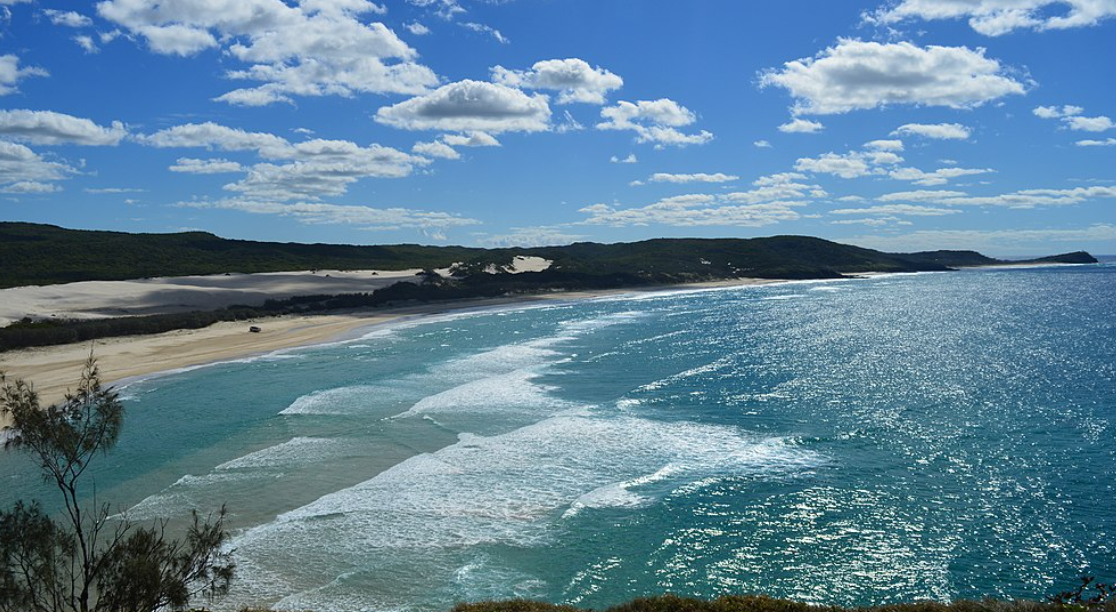
Australia has more stunning beaches than you can shake a piece of seaweed at, but that doesn’t mean there aren’t some bad ones you should absolutely avoid. Fraser Island is home to wild dingo dogs and deadly spiders. In the waters, sharks and venomous jellyfish are rife.
The Eiger

No mountain was ever made to be climbed, but the Eiger truly wasn’t. This Swiss mountain is considered one of the most deadly challenges thanks to its north face and, wait for it, “murderous wall”. Climbing tip: if you come across something that has ‘murder’ in the name, quietly and respectfully move on.
Matanza River

Also referred to as the ‘Slaughter River’, the Matanza River in Argentina is one of the most polluted in the world, with an estimated 15,000 industries regularly releasing their wastes into the stream. Unless you fancy taking a dip in a bunch of heavy metals, oils and petrochemicals, don’t even go near the banks of the Matanza.
Yungas Road
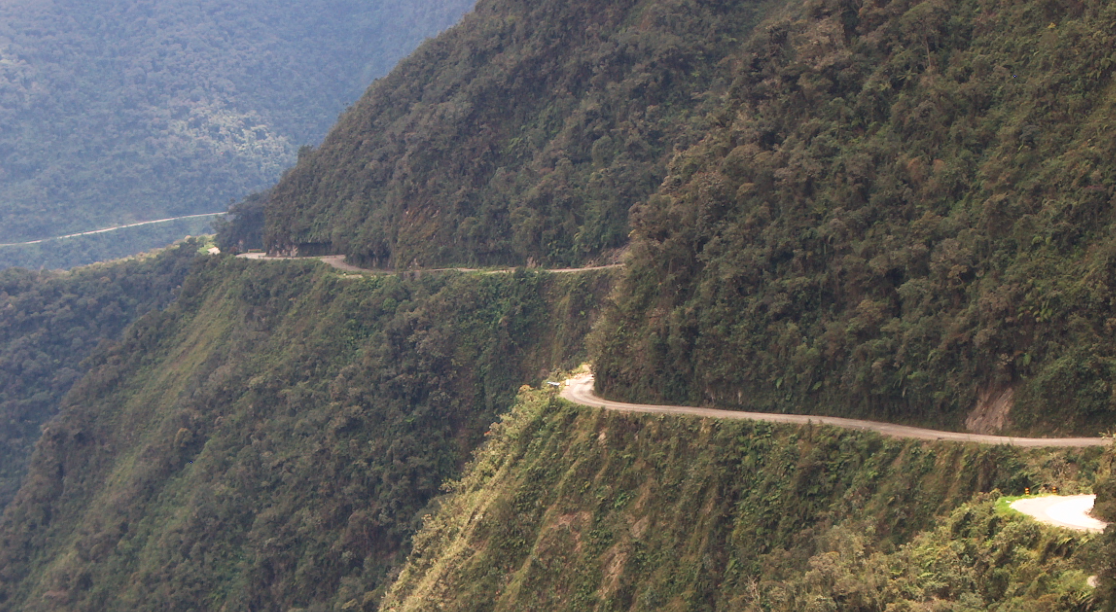
Yungas Road, or the ‘death road’ to locals, is a 69km long road that connects Coroico to La Paz in Bolivia, and it’s said to kill 200–300 people every year. Not only is the road precariously situated in the mountains, but it’s often marred by fog, landslides and cascades.
Juarez Valley

The border area between Mexico and the US is well documented for its violence. Juarez Valley is plagued by senseless death and violence, thanks to drug cartels using it as an operating ground. Such is the level of killings and kidnappings, the whole area is lined with deserted towns.
Gobi Desert

The Gobi is a cold desert covering both northern China and southern Mongolia. This place is virtually uninhabitable thanks to the extreme and bizarre temperature variations. The Gobi may look hot, but it’s host to severe winds and low rainfall, making tourists a rarity.
Erta Ale volcano

Sadly, this volcano doesn’t spew out delicious ale. The Era Ale, located in the Afar depression in Ethiopia, is thankfully unreachable on a good day, with its rough terrain, regular earthquakes and unbearable temperatures. People do still visit, though, out of morbid curiosity.
Praia de Boa Viagem

If you hit up on Praia de Boa Viagem on Google Images you wouldn’t see the problem. It’s a nice-looking beach on the coast of the city. Nothing too out of the ordinary. Praia de Boa Viagem’s dangers lurk out of sight, in the sea. This beach is home to some of the most dangerous sharks. Be sure to check with lifeguards before taking a dip.
Gouffre Berger cave

The Gouffre Berge Cave, also known as the ‘Cave of Death’, is 3000ft deep. Many people over the years have lost their lives trying to explore this subterranean cave. They say it takes on average between 15 and 30 hours to return from the bottom to the surface. Pack sensibly.
El Camino Del Ray

The King’s Little Path has been tormenting people for over 100 years. This 7.7km route, which stands 350ft high and 3ft wide, takes more than two hours to complete, though some unfortunate souls have checked out a little quicker than that. The path was repaired and apparently made safer in 2000 but we’d still approach this one with caution.
Boiling Lake
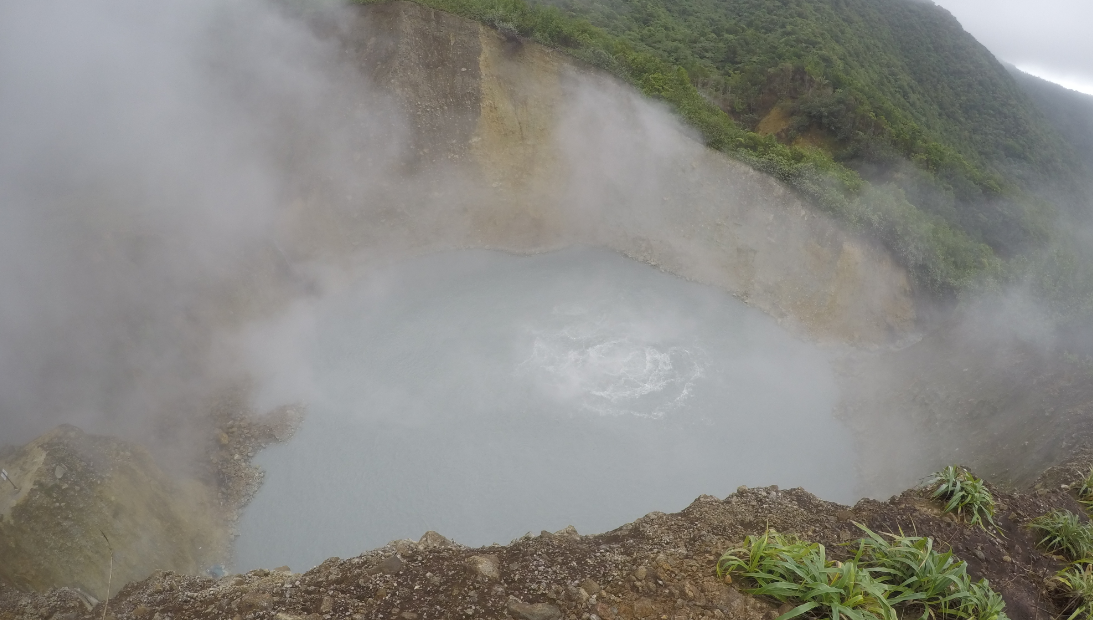
Dominica’s Boiling Lake is a cavity in the Earth’s crust that collects water from nearby rivers and is infamous for sudden bursts of boiling water, which can scold anyone stupid enough to go near it. In 1900, two people died due to asphyxiation thanks to the additional volcanic gases.
Blue Hole Dahab

A blue hole is a deep marine sinkhole. 99% of the time, they are not something you want to be messing around with. Blue Hole Dahab in Egypt is no exception. 200 divers have lost their lives attempting to dive into it. Despite this, it continues to attract visitors and adventurers from the world over. Don’t join them.
Bikini Atoll

Found in the Marshall Islands, Bikini Atoll was turned into a radioactive cesspit after being used for a number of nuclear tests post-WWII. 23 were conducted by the US until 1958. Even with the passage of time, Bikini Atoll remains a dangerous place for anything with an appetite for life.
Verkhoyansk
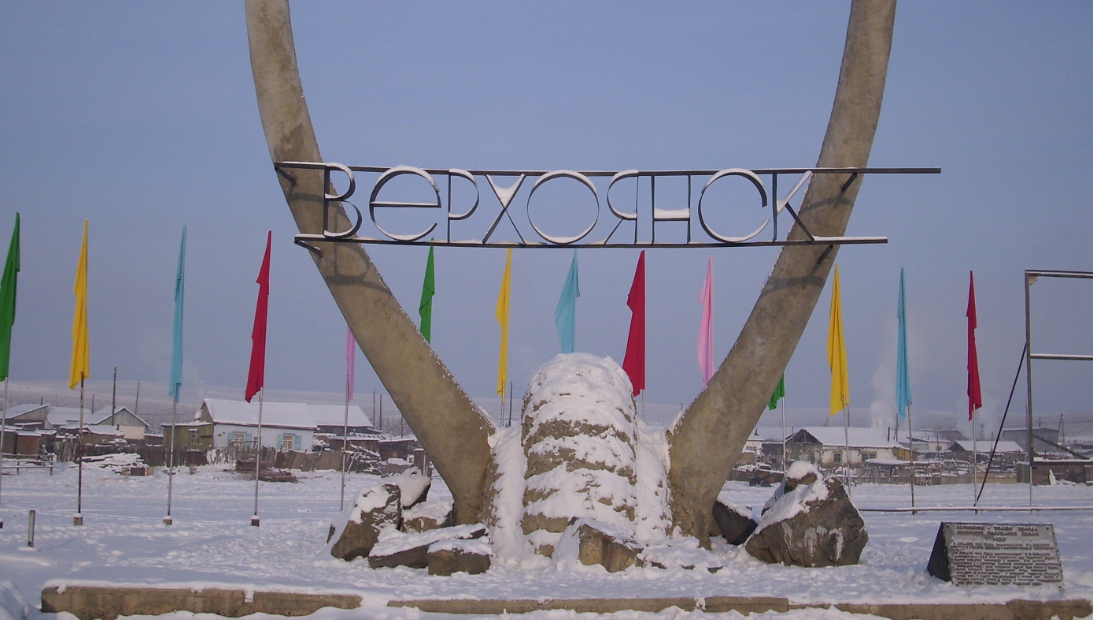
One of the coldest places on planet Earth, Verkhoyansk is not somewhere you want to find yourself stranded. Temperatures can easily fall below -50 degrees C in winter. In the last couple of decades, the number of inhabitants has halved, as weather conditions are so stark.
Mount Merapi
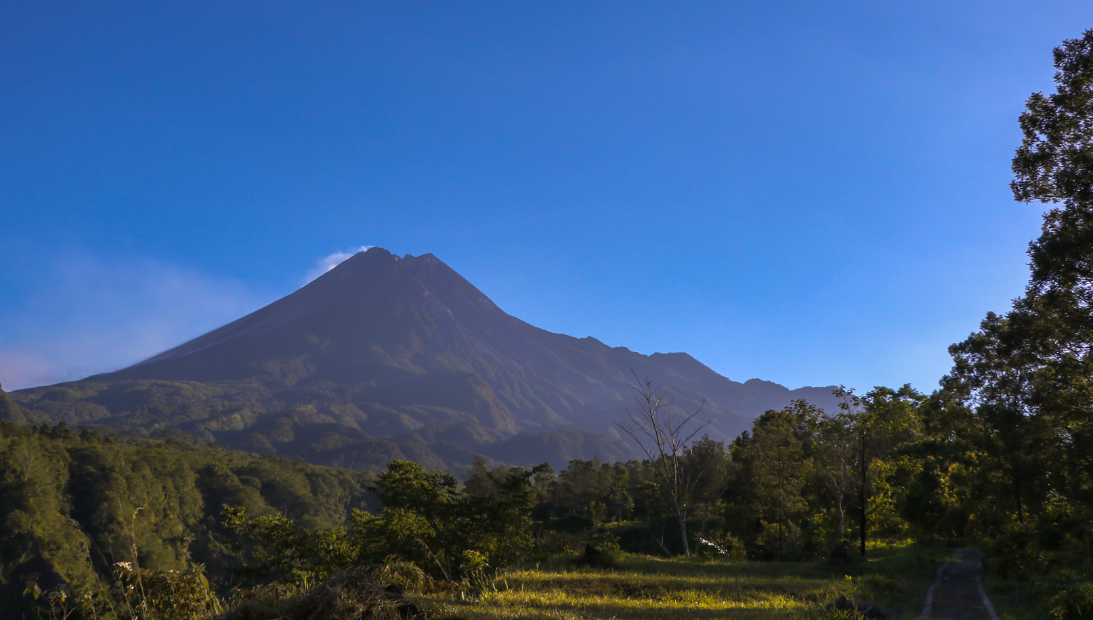
It’s no secret that Indonesia is home to several active and destructive volcanoes. Mount Merapi, sometimes cheerfully called ‘fire mountain’, has a reputation for spitting out fumes even when there’s no eruption. As a result, ordinary citizens are advised to not touch Mount Merapi with a barge pole.
La Oroya
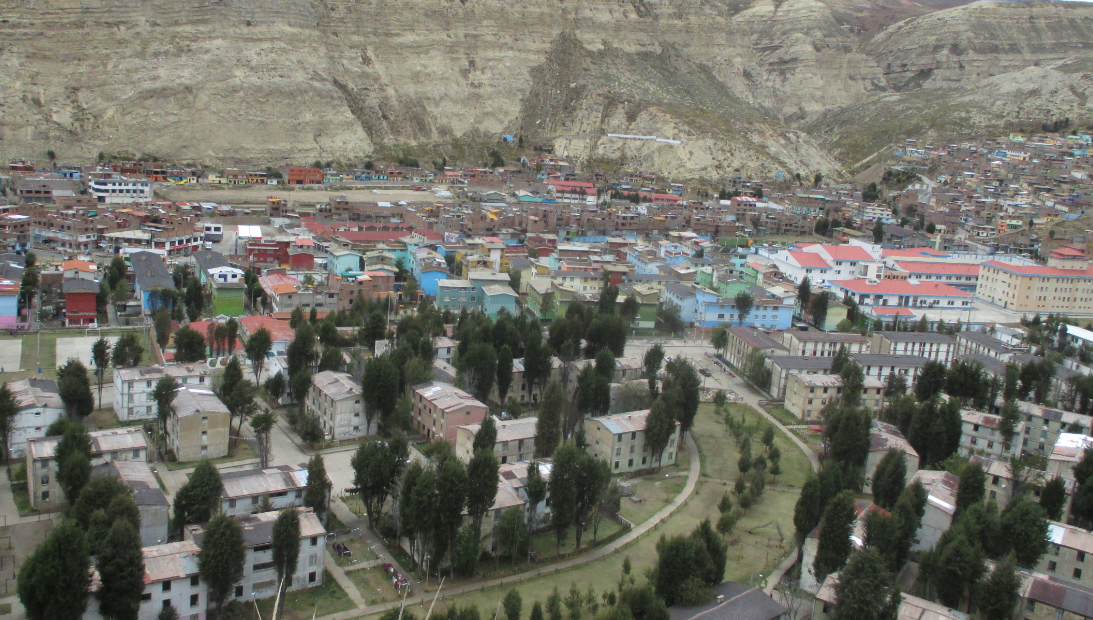
There’s a reason hardly any Peruvians live in La Oroya. It’s notorious for being one of the most polluted cities in the world thanks to its mining heritage, which led to high levels of arsenic and cadmium. Those who do live there have been found to have worrying concentrations of lead in their blood.
Minqin County
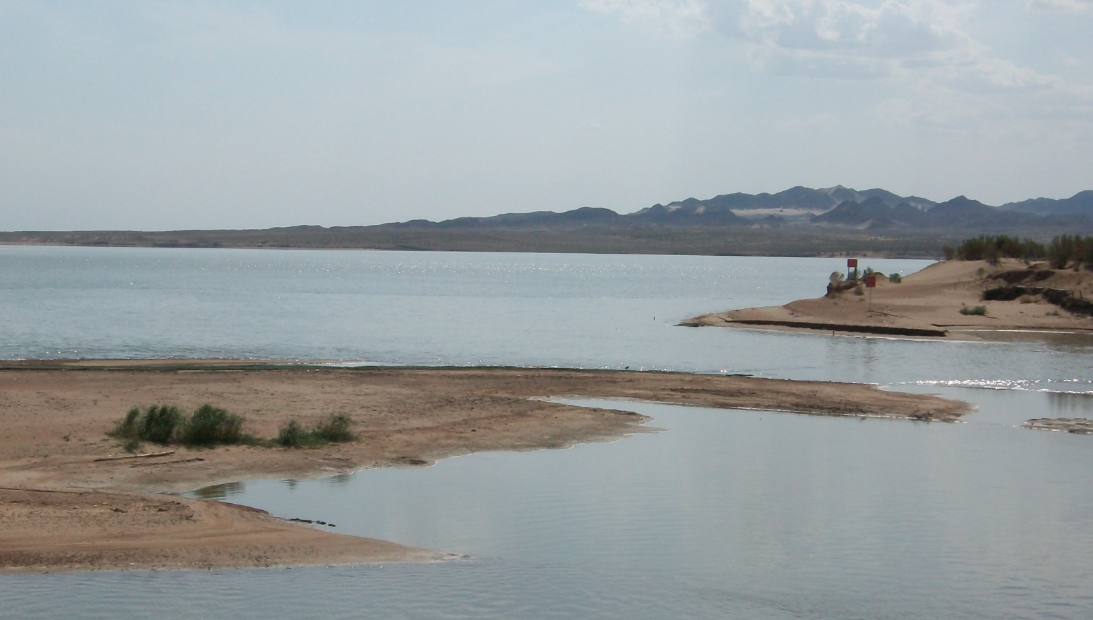
This small oasis town is located in Badain Jaran and Tengger, two deserts in mainland China. Minqin County is host to the most horrific sandstorms you can imagine, completely taking over grasslands, freshwater sources and forests. As such, thousands of people have fled the area.
Sahel Region

The Sahel region can be found between the Sahara and Savanna in Africa, not that you’d ever wish to go there. This severely hot region has little to no rain and is regularly hit with droughts and famines. In recent years, Sahel has also become a hotbed of terrorist activity.
Lake Kivu
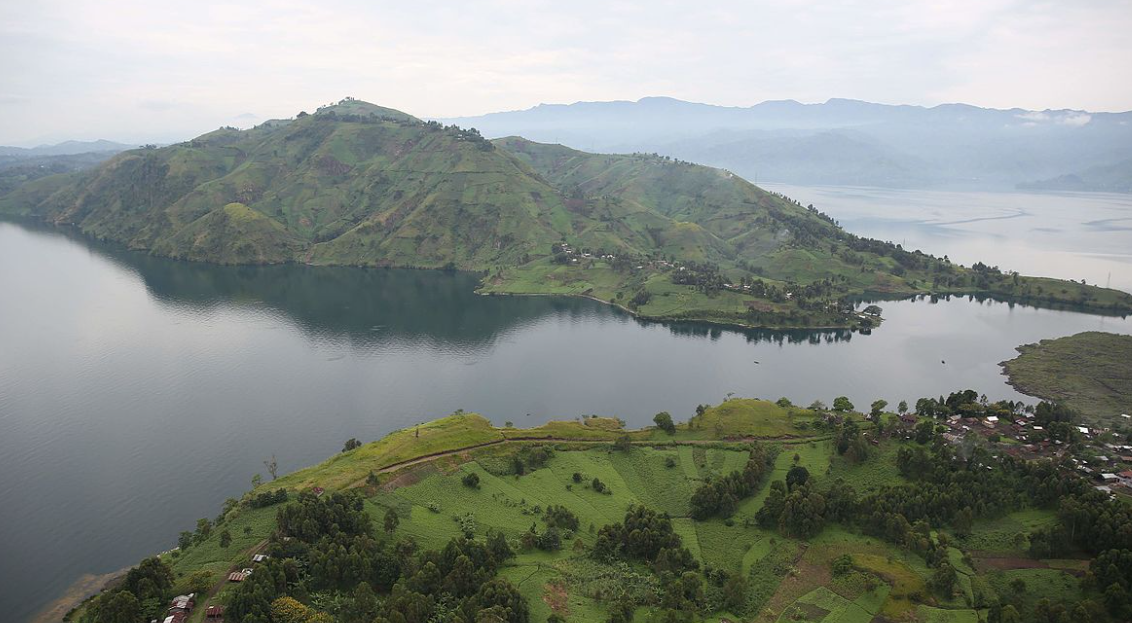
Situated along the border between Congo and Rwanda, Lake Kivu is one of Africa’s great lakes. But underneath lies a giant deposit of carbon dioxide and methane gases. If it erupted, the number of human and animal deaths would number in the millions. The government is trying to remove the gases but in the meantime, you should stay away.
Zone Rouge
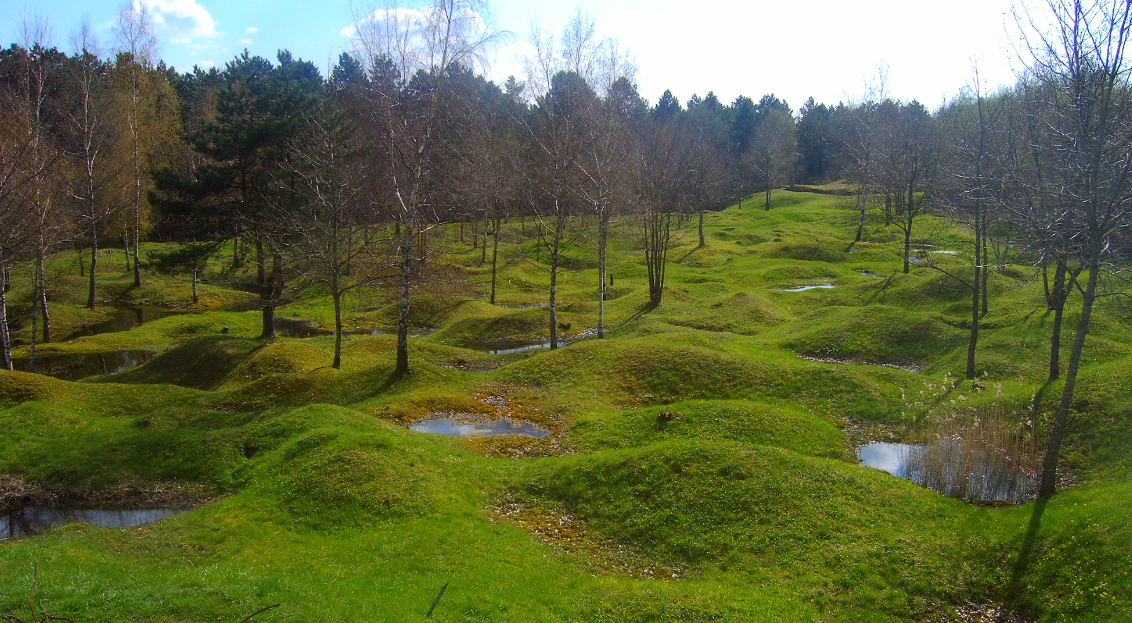
Sometimes called the Red Zone, Zone Rouge is the name for a series of uninhabited areas in North-eastern France. Here, you’ll find a staggering amount of human and animal remains, next to unexploded weapons that have been contaminating the water and land. Zone Rouge was prohibited from any visitors in the immediate aftermath of World War I.
Lake Monoun

Lake Monoun is an exploding lake situated in the Oku Volcanic Field, highly susceptible to eruptions that cause untold harm to human and animal life. In 1984, an eruption of carbon dioxide from the Monoun killed 37 people.
Mount Sinabung

Located in Sumatra, Mount Sinabung is one of the most active volcanoes in Indonesia and therefore off-limits for humans. The eruptions are frequent and devastating, having covered entire villages in lava and killed all those living there.
Runit Island
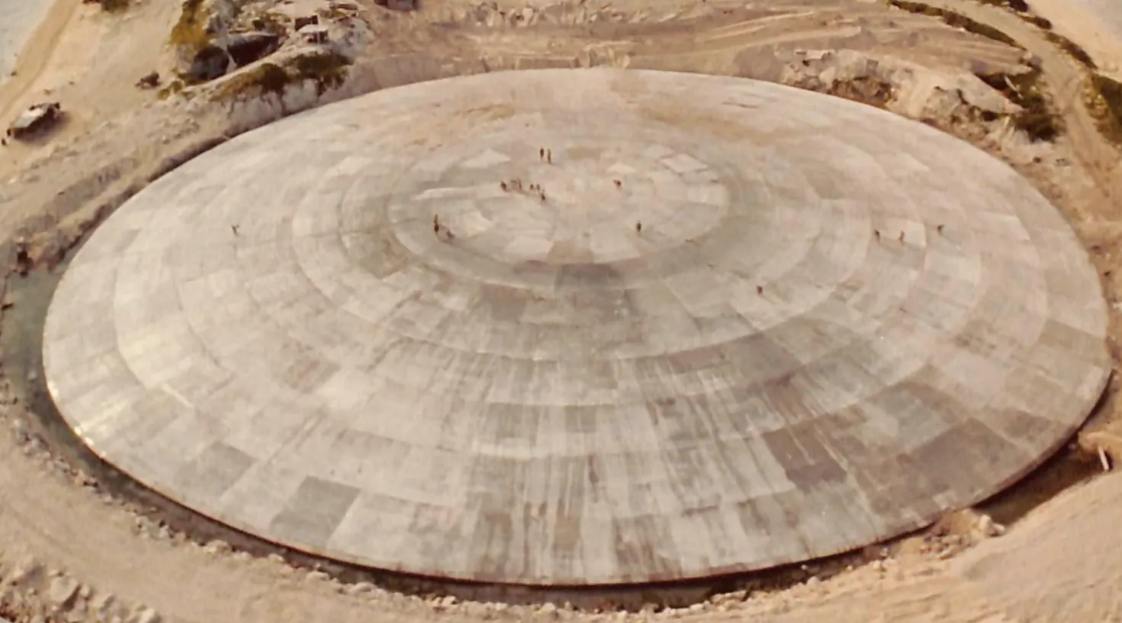
Located between Australia and Hawaii in Enewetak Atoll, this beautiful island is home to The Dome, where the US conducted several nuclear tests in the 1940s and 1950s. These days, radioactive waste is seeping out from the dome and finding its way into the water, making Runit a danger zone.
Miyake-Jima

Home to one of Japan’s most active volcanoes, Miyake-Jima is considered a lethal territory. Due to the high concentration of sulphur, visitors are not welcome unless they were an appropriate mask. Strangely enough, people continue to live on this island despite the circumstances.
Morgan Island
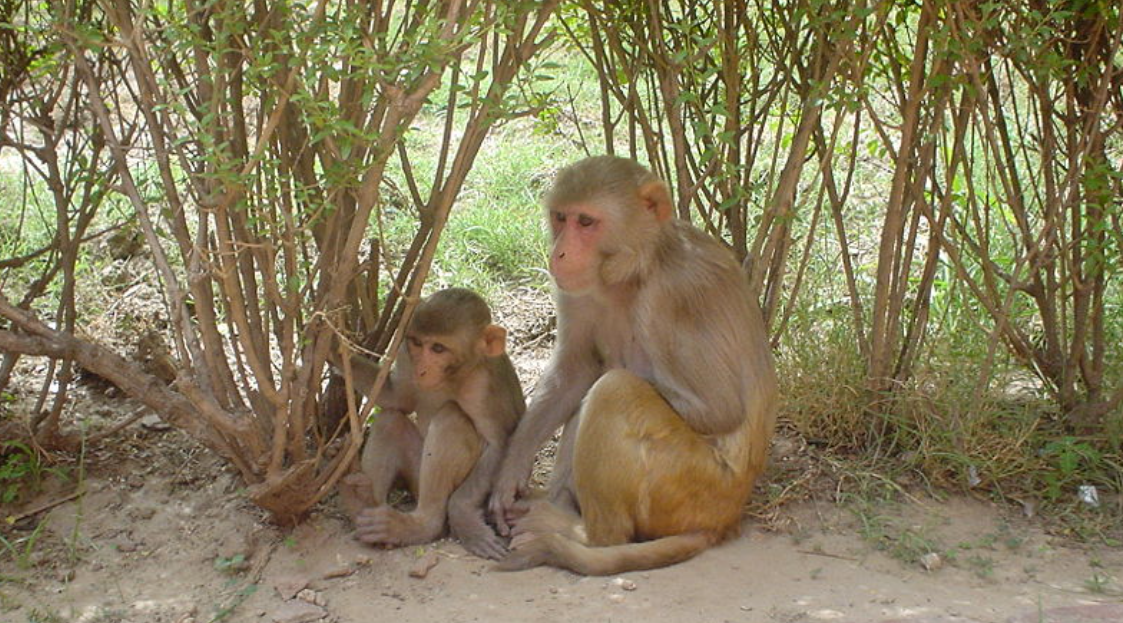
South Carolina’s Morgan Island is home to thousands of rhesus monkeys. These are not monkeys you want to be around. They are said to be infected with the Herpes B virus and were moved from Puerto Rico because they were infecting so many people. Visitors, naturally, are not allowed to see Morgan Island. Only researchers with special permits.
Mailuu-Suu

A former Soviet Union town, Mailuu-Suu is now one of the most dangerous places on the planet. This Kyrgyzstan town is terrifically polluted with pits that contain huge amounts of poisonous radioactive waste. Why? Because the Soviet Union apparently dumped 2 million cubic metres of the stuff in them.
Cape Denison

Cape Denison in Antarctica is uninhabited for understandable reasons. For one, it’s said to be the windiest place on planet Earth, with gusts that have more power than hurricanes. This is not somewhere you would want to explore or carry an umbrella.
Lake Nyos

One of the three known ‘exploding lakes’, Lake Nyos is a volcanic area in Cameroon positioned right above a magma pocket. Carbon dioxide and other gases leak into the water here to form carbonic acid, creating a highly volatile area. An eruption in 1986 killed 1,746 people and 3,500 livestock.